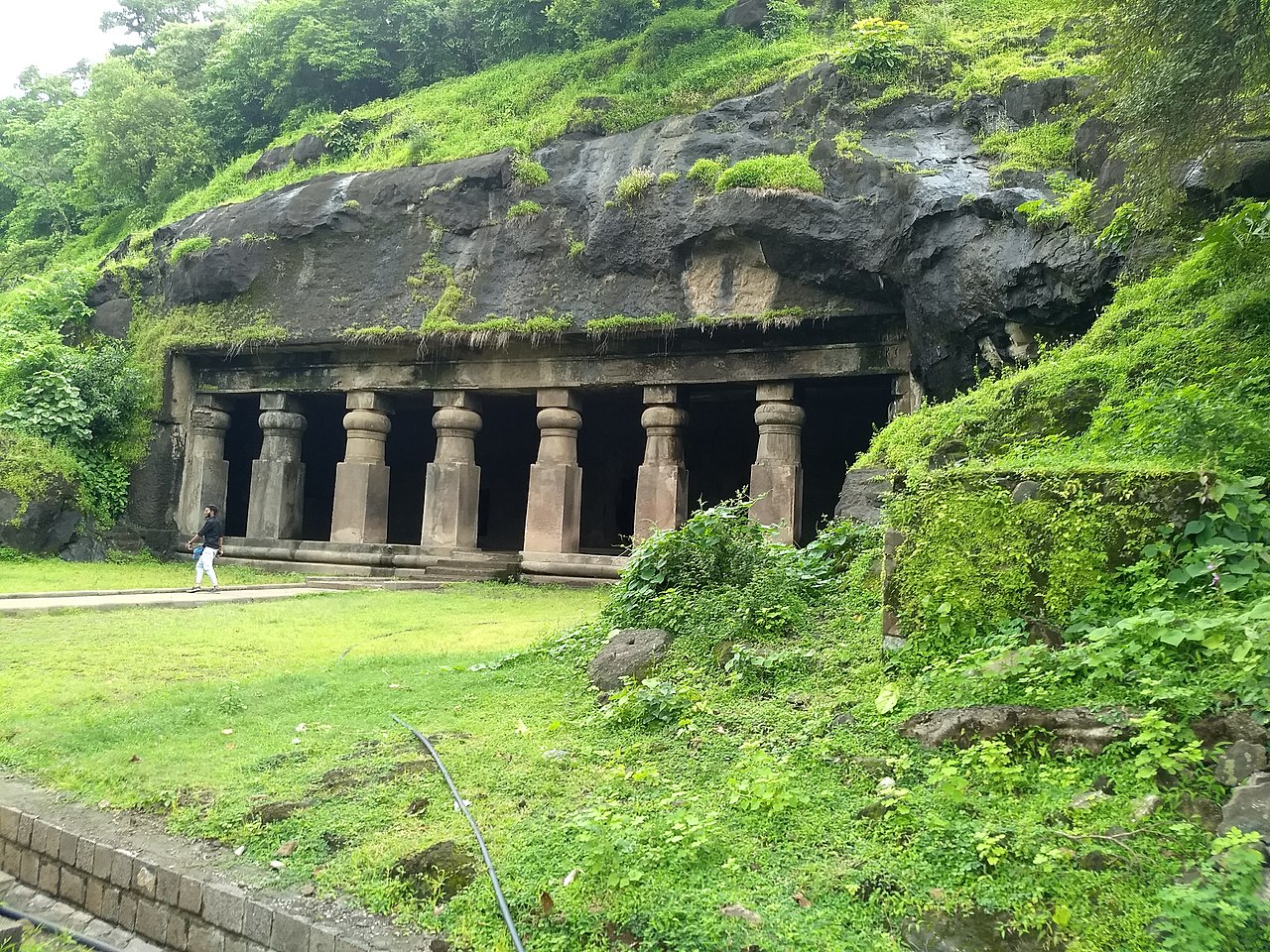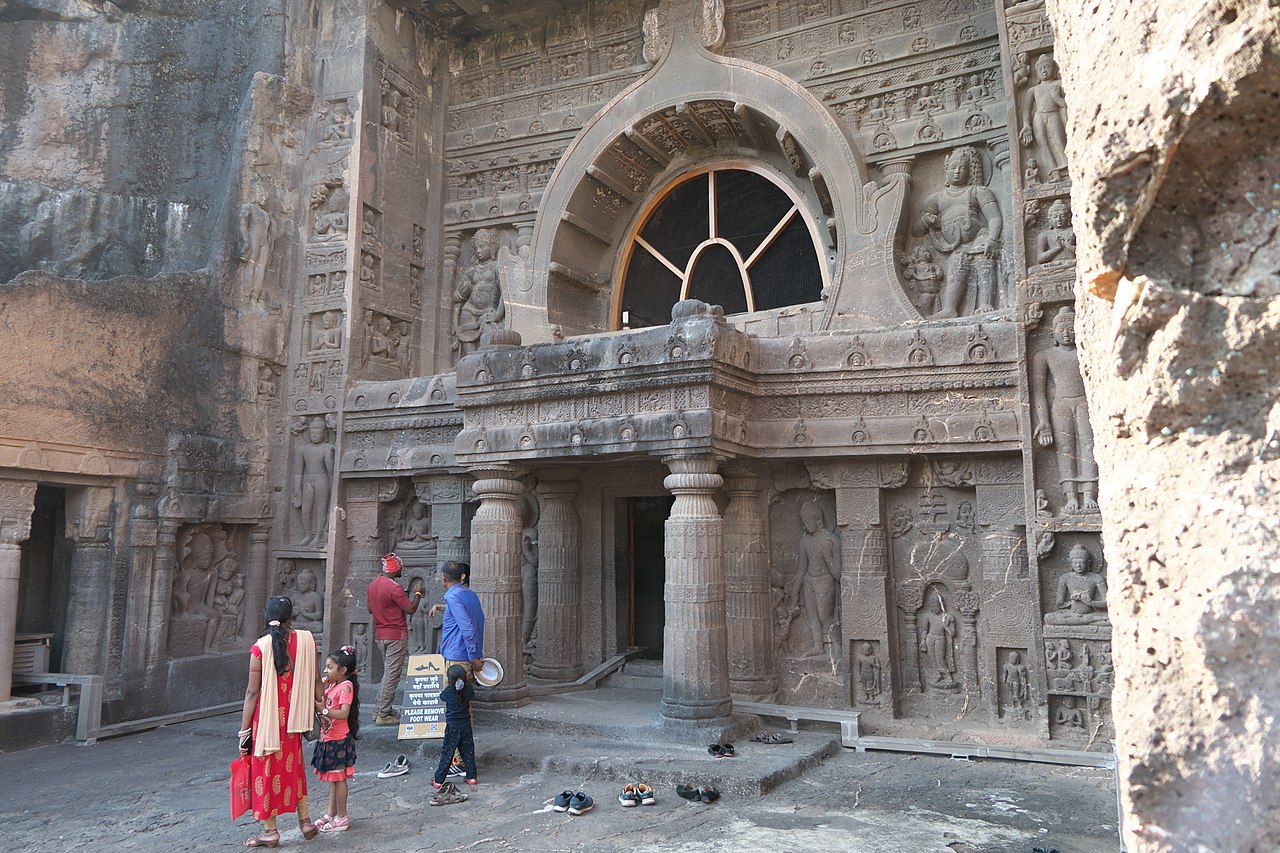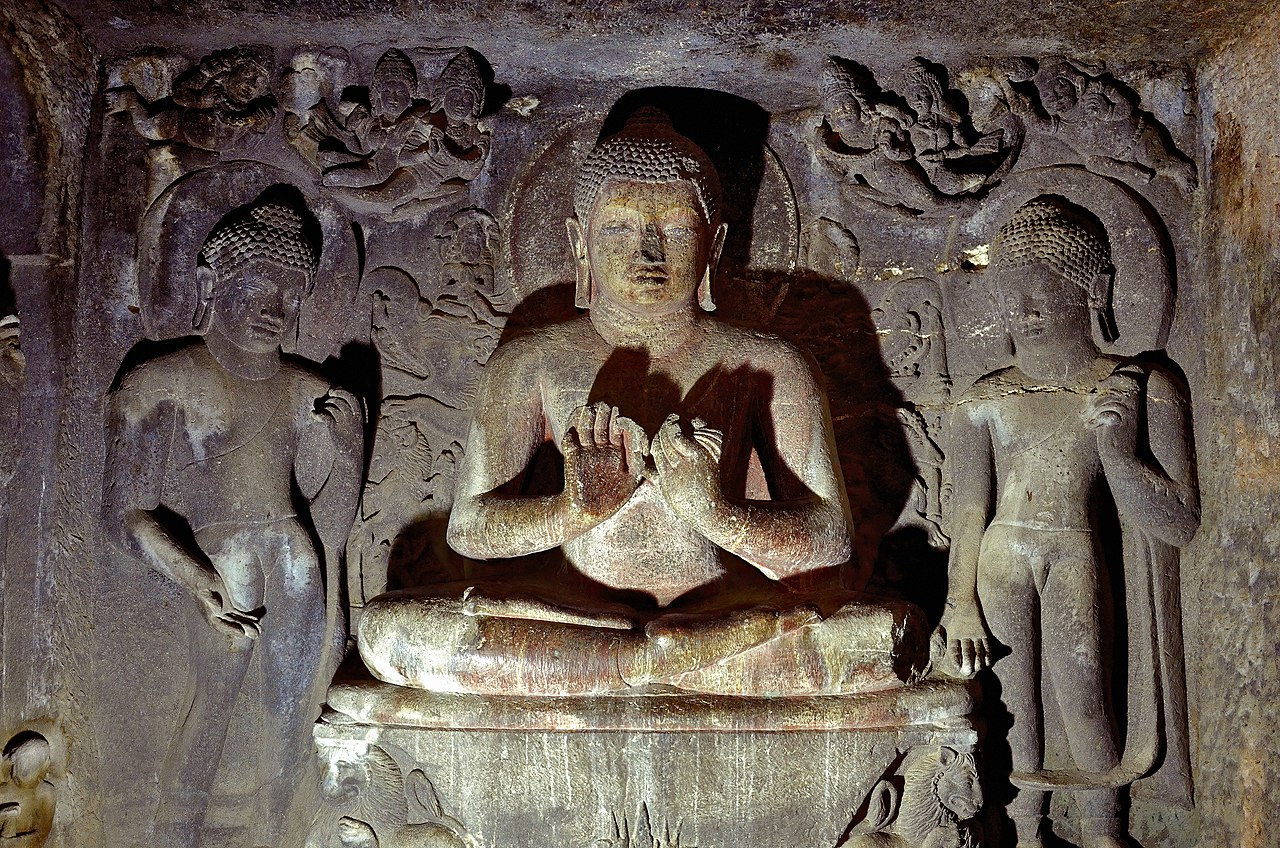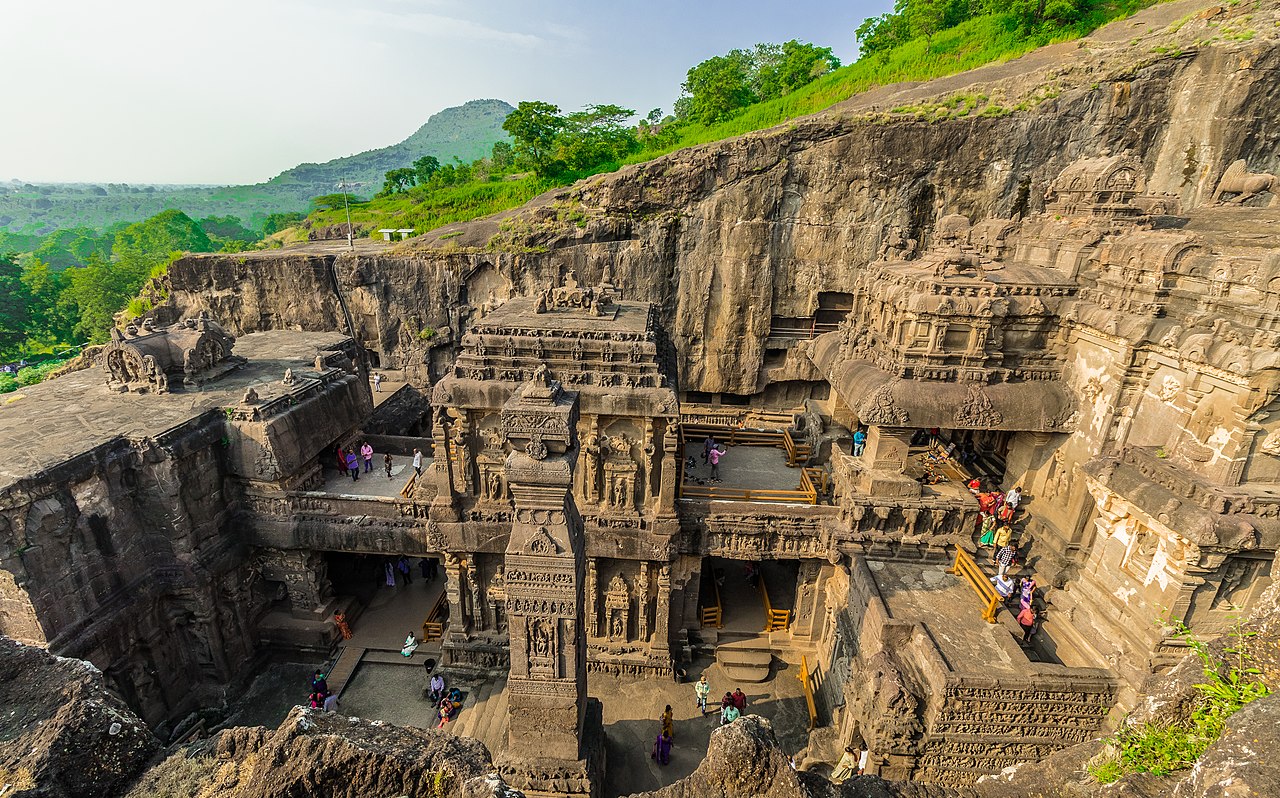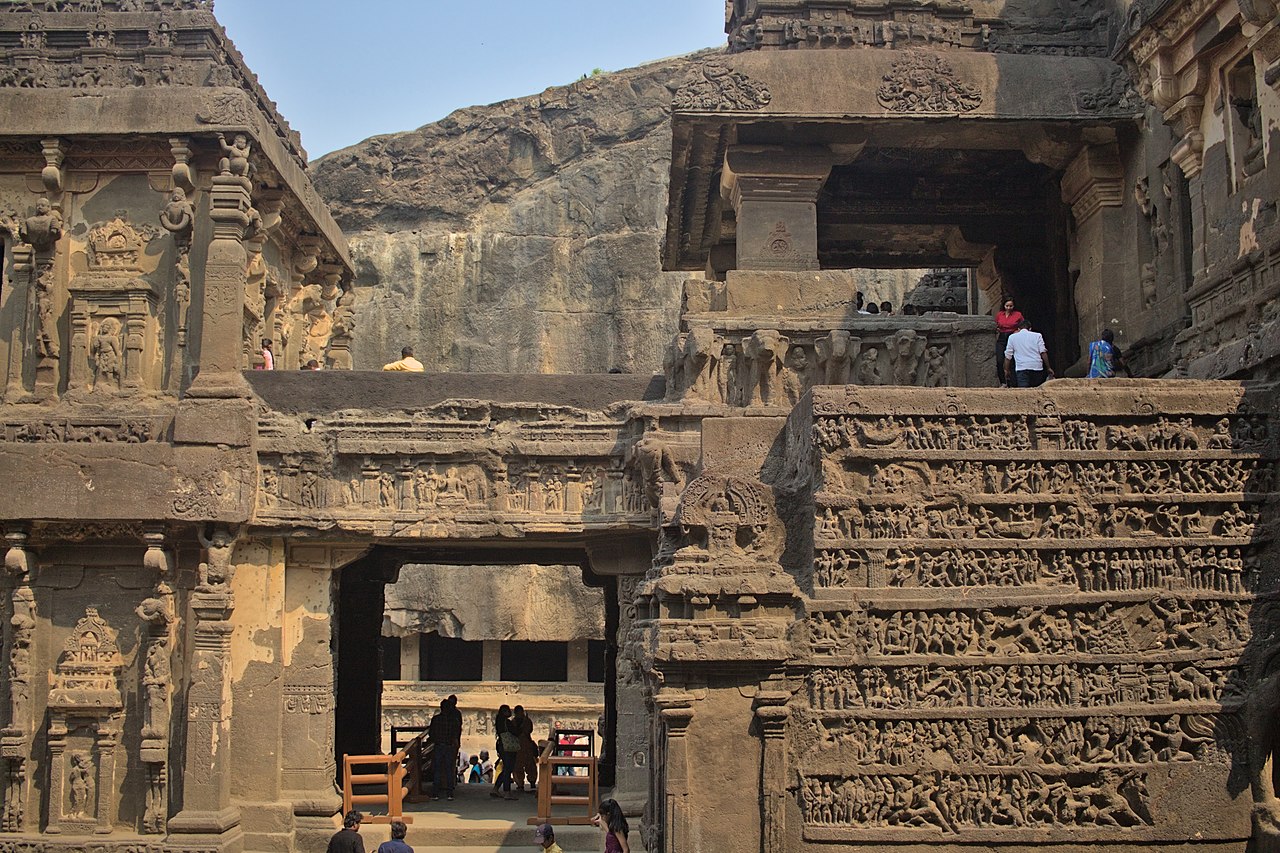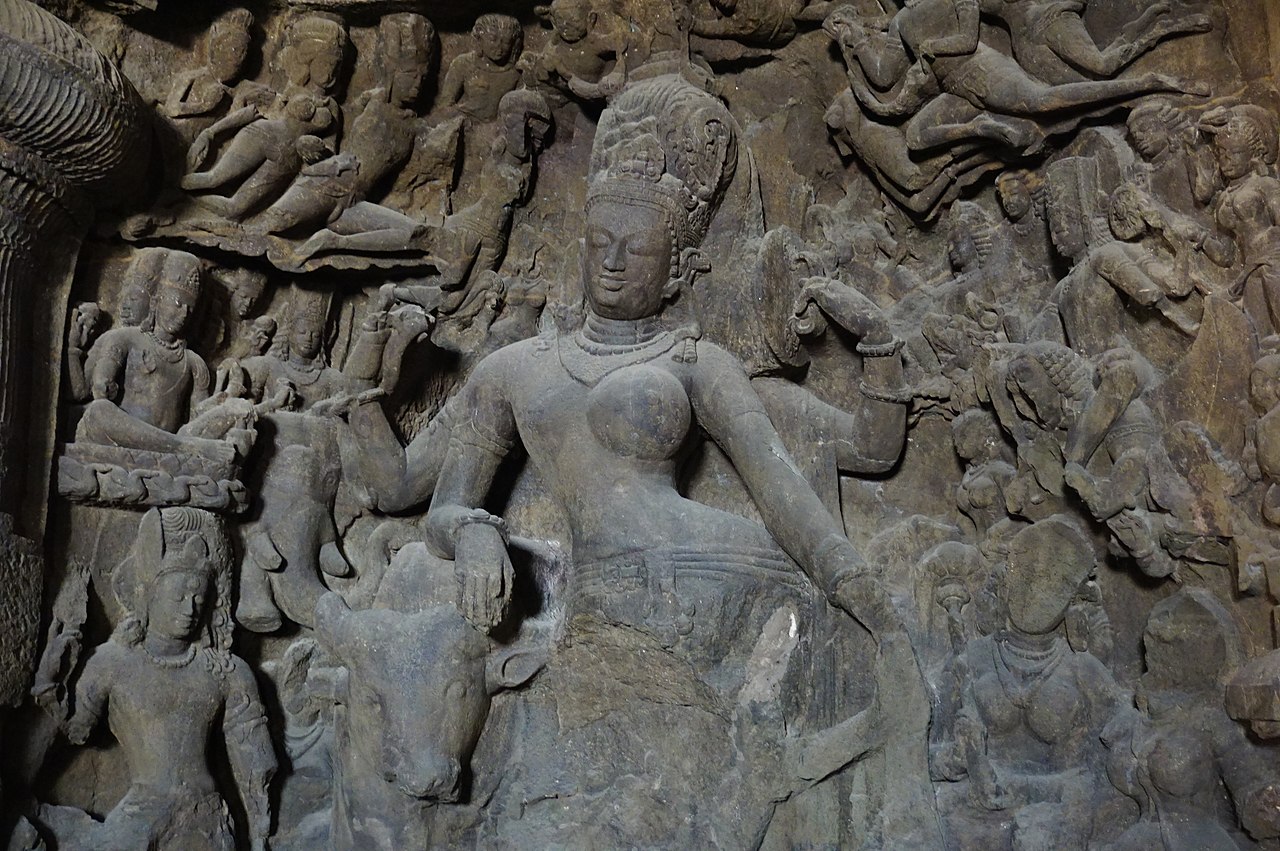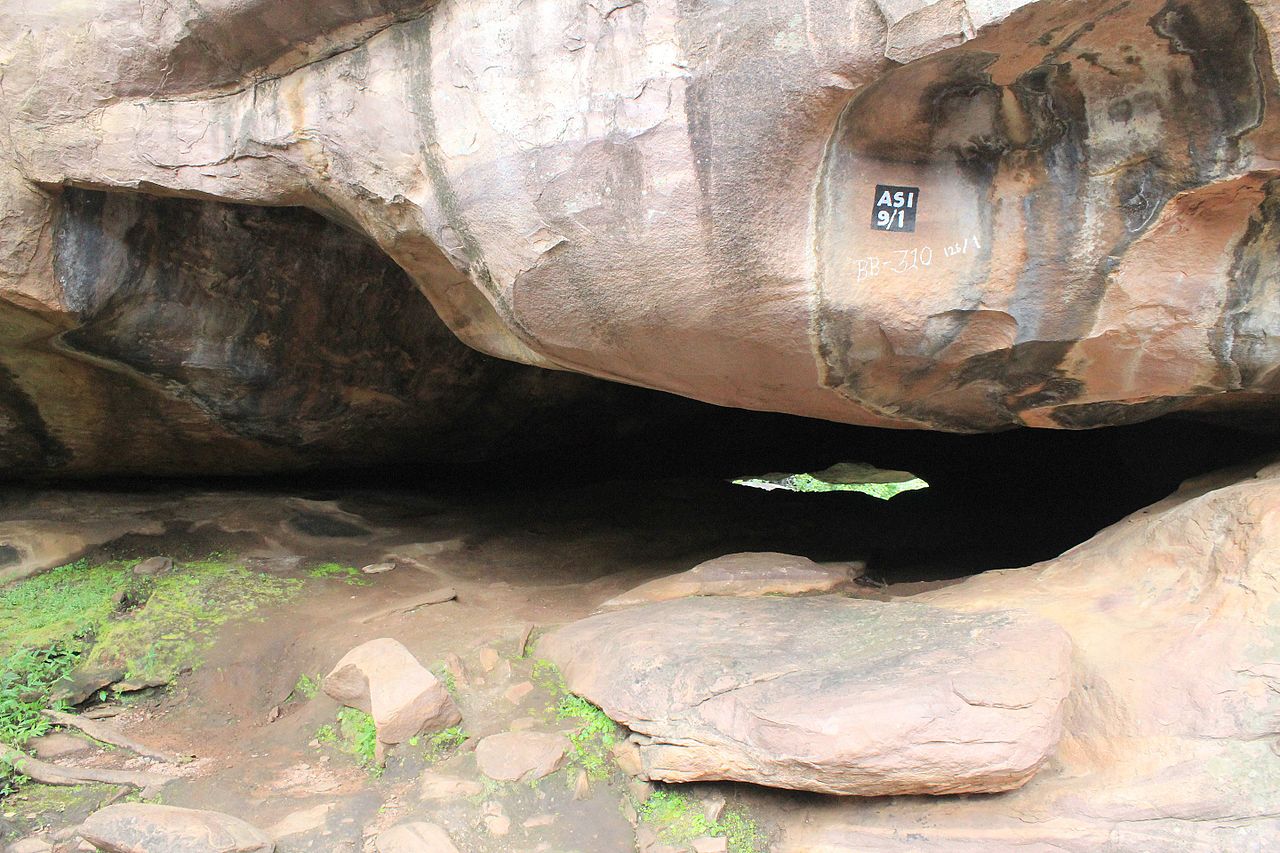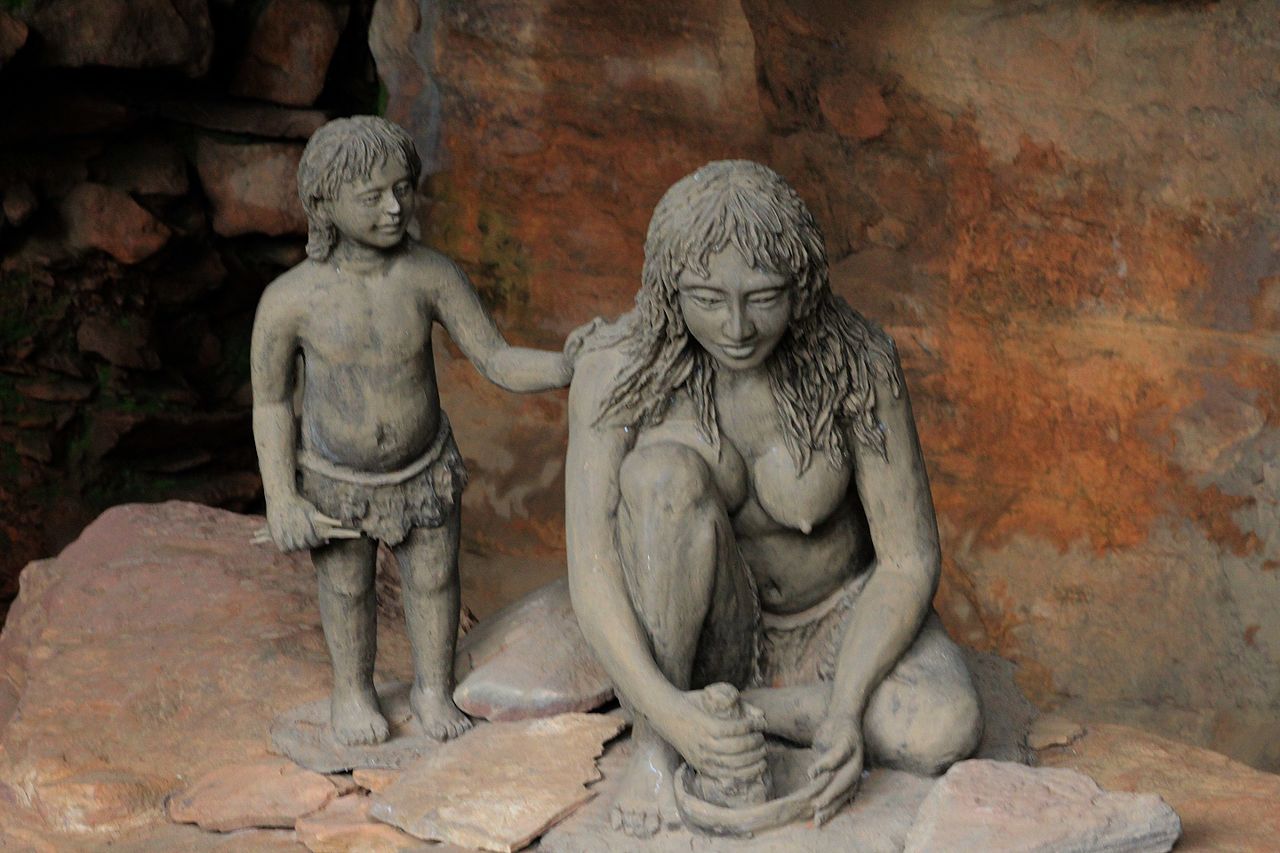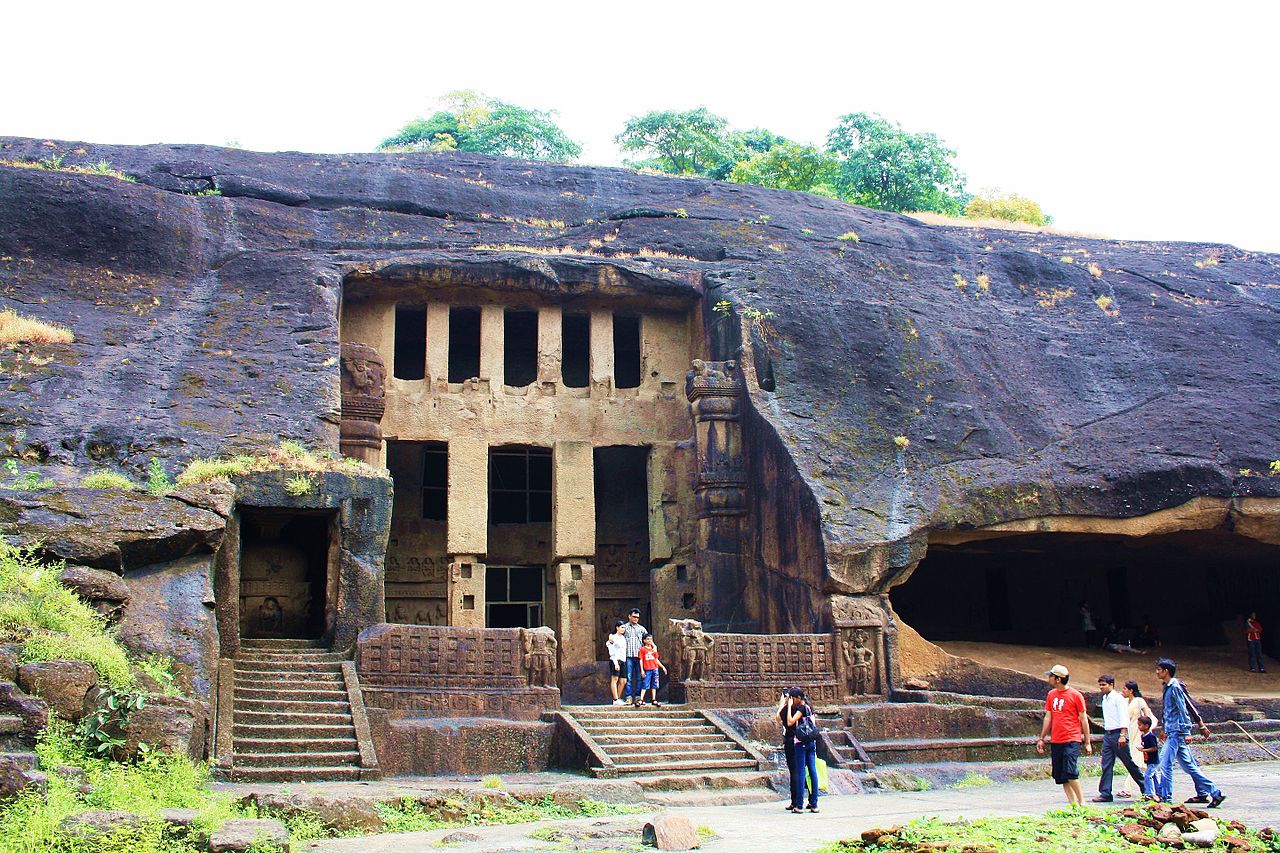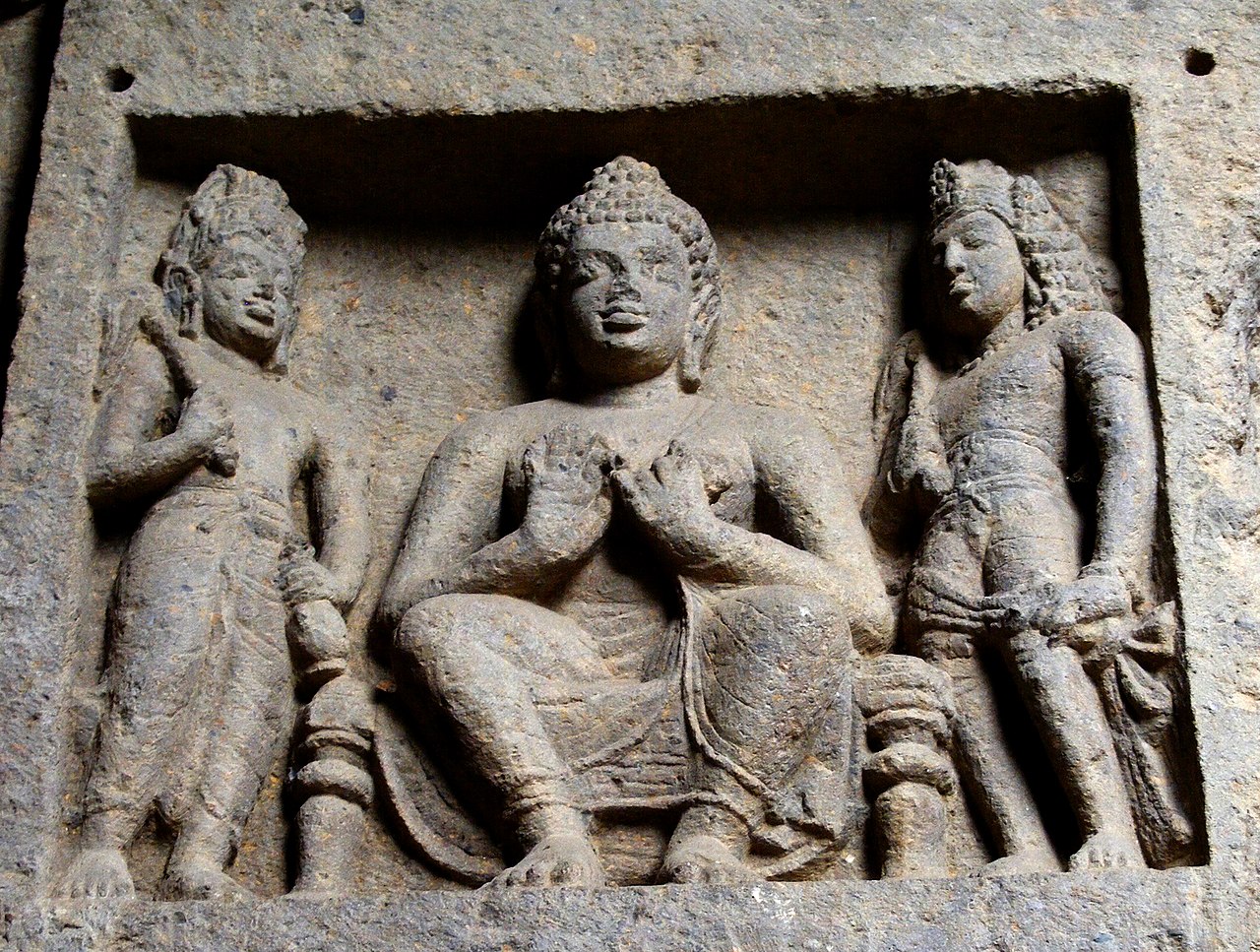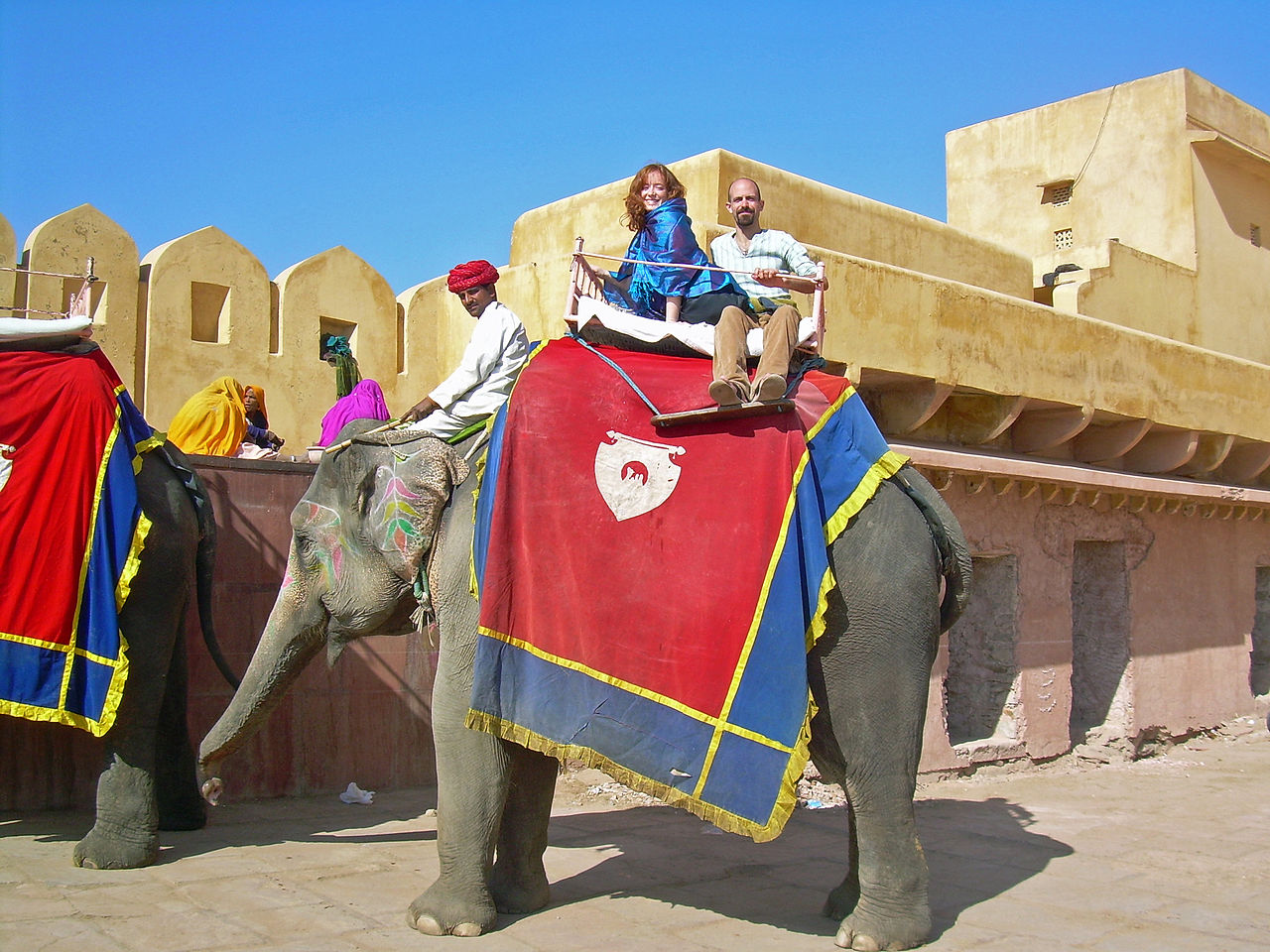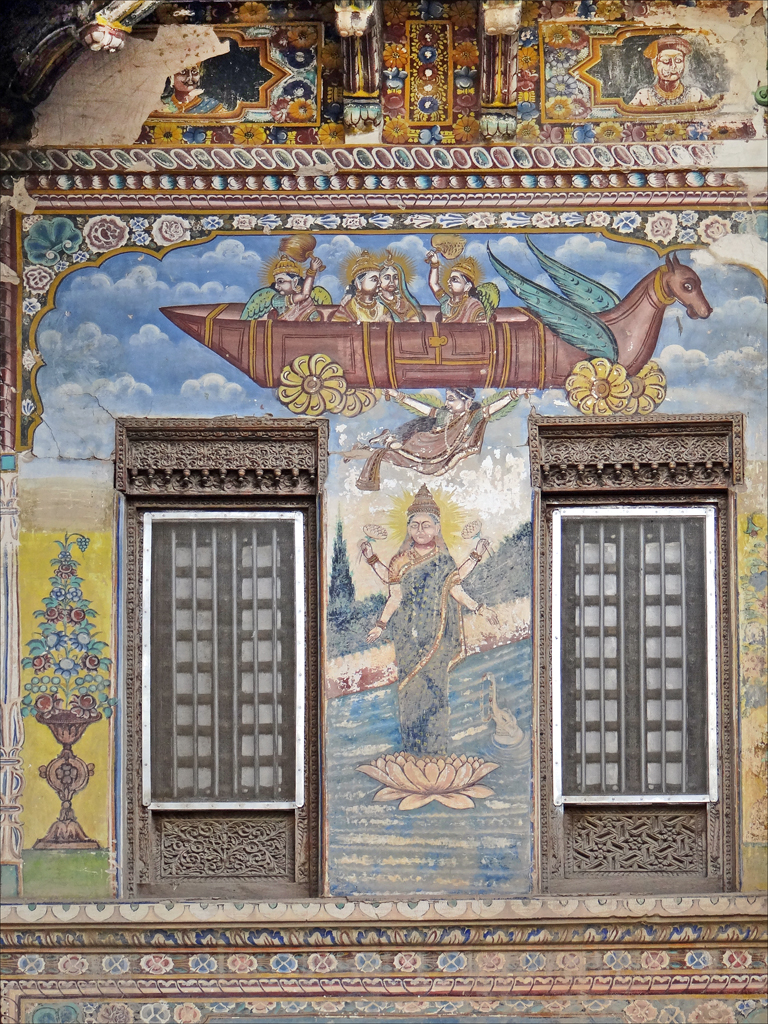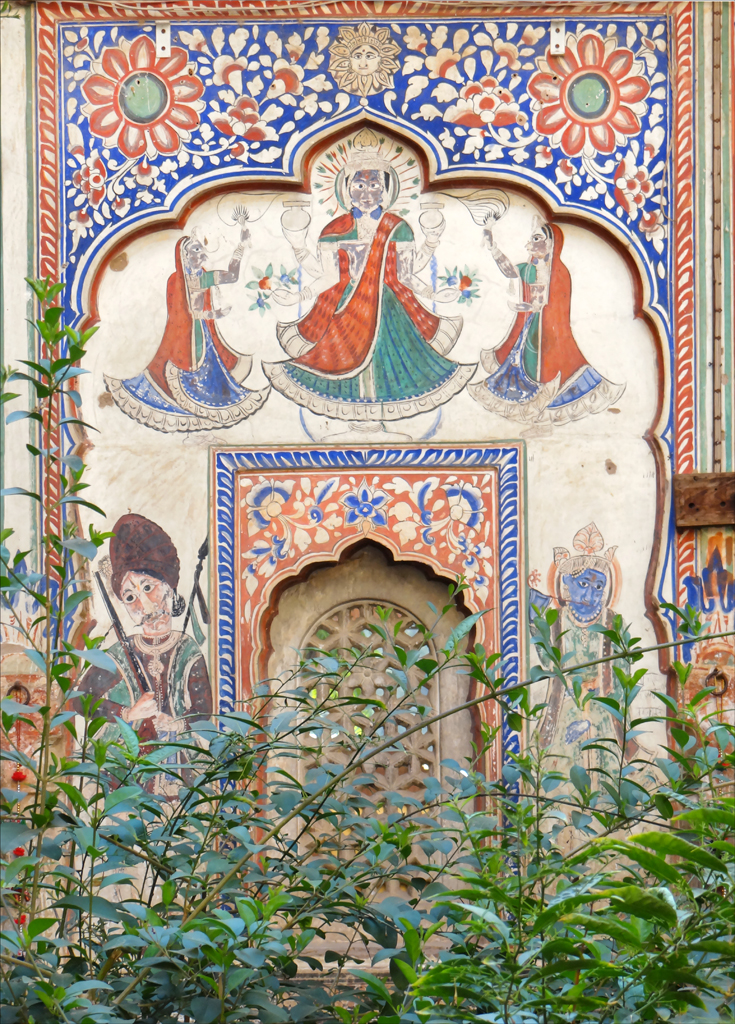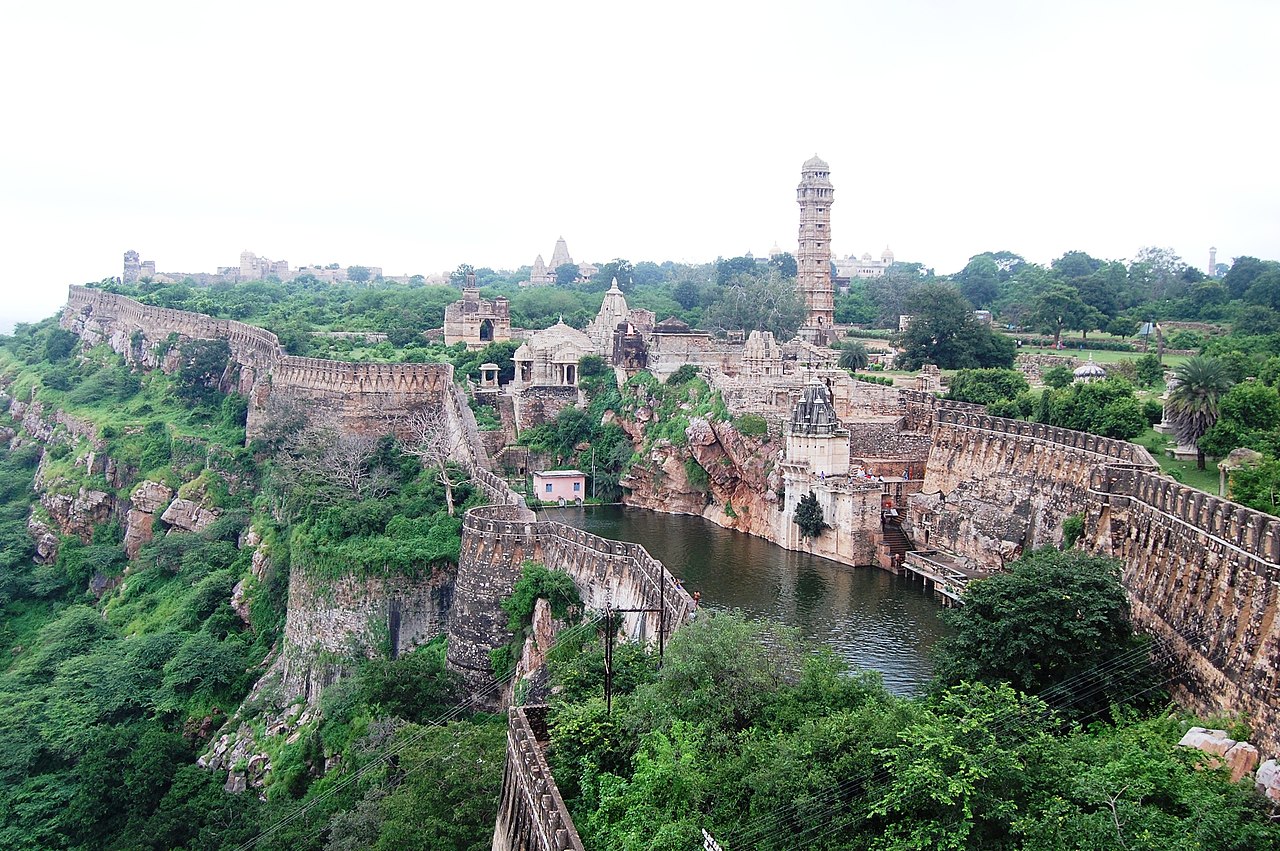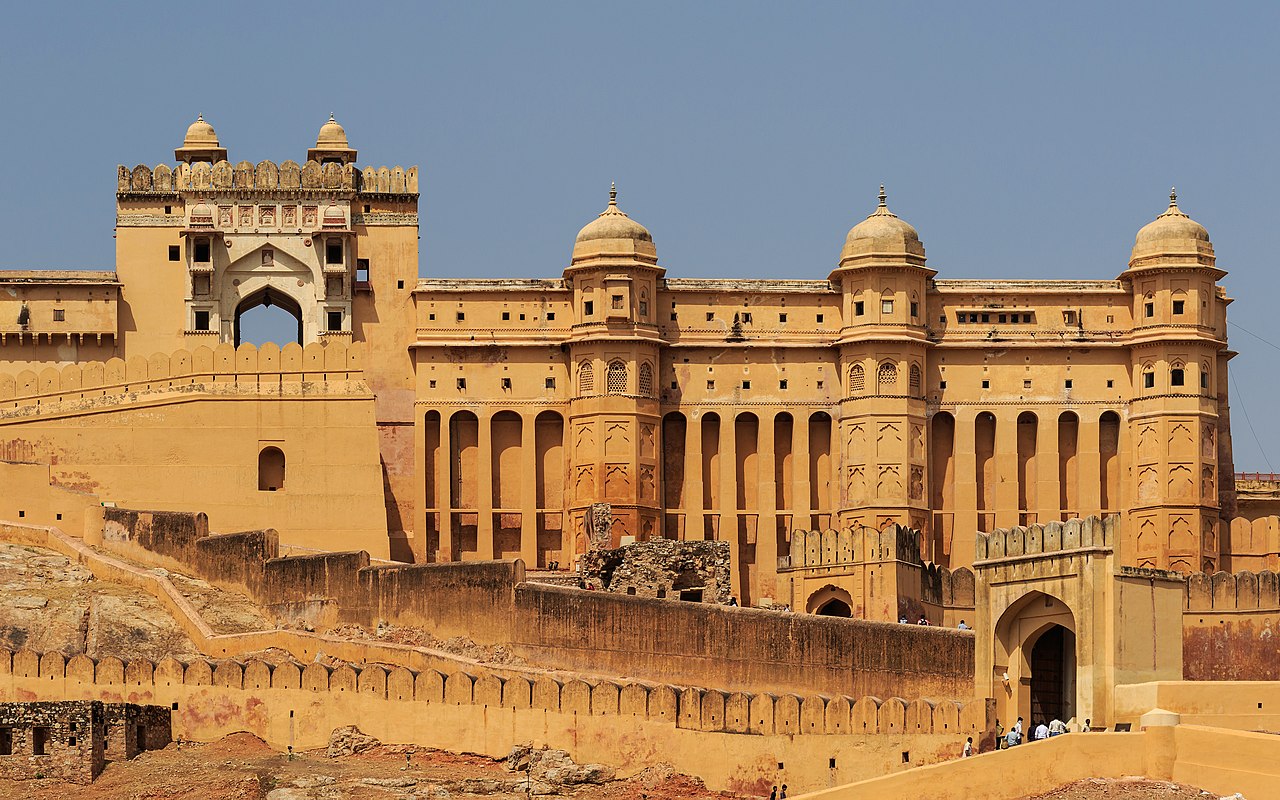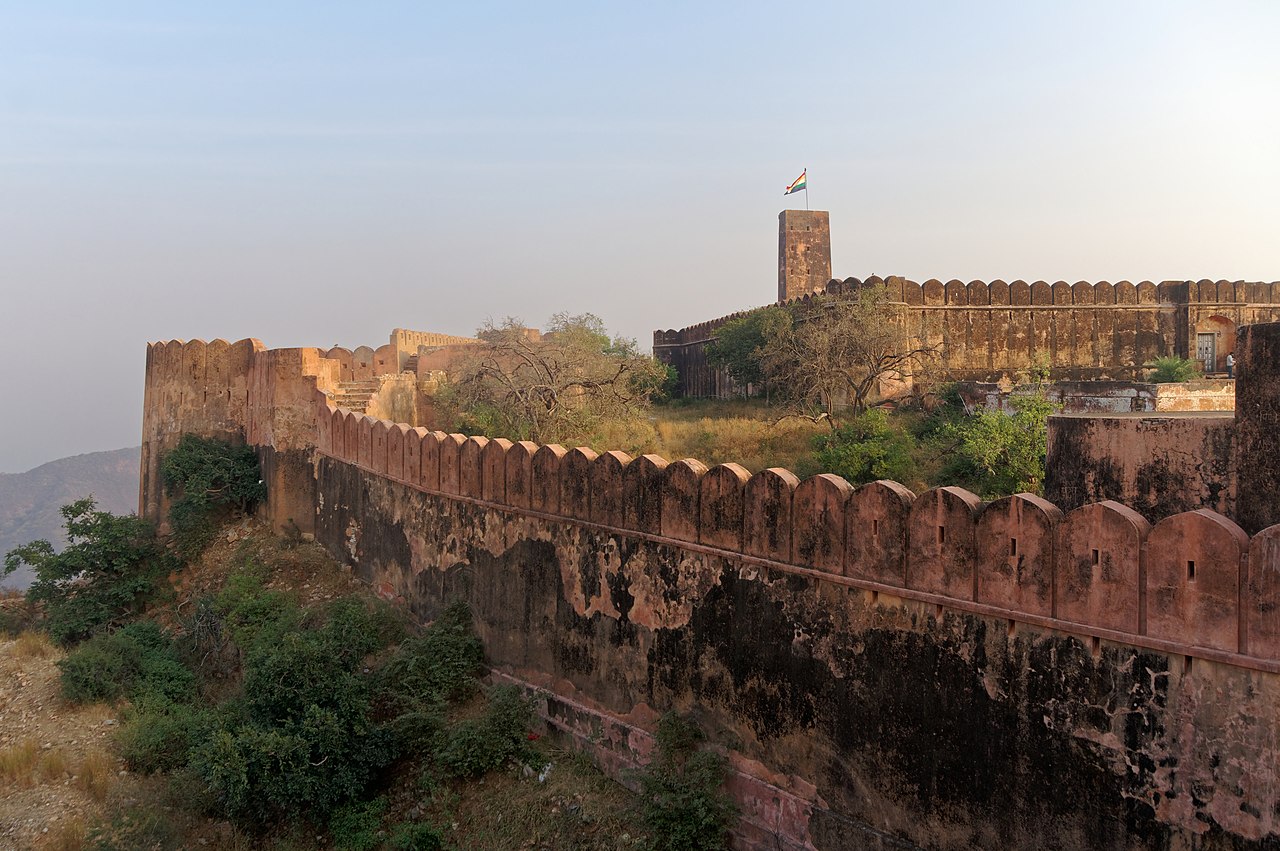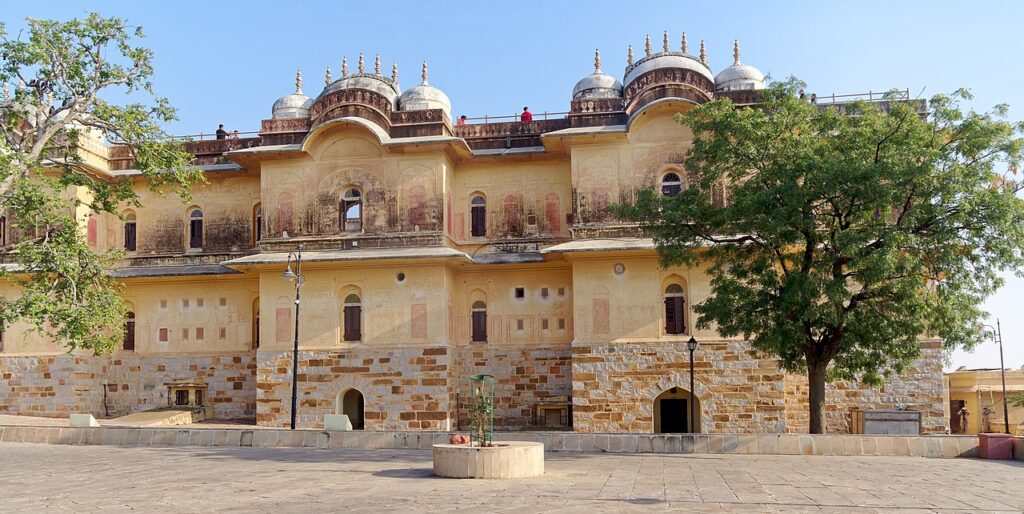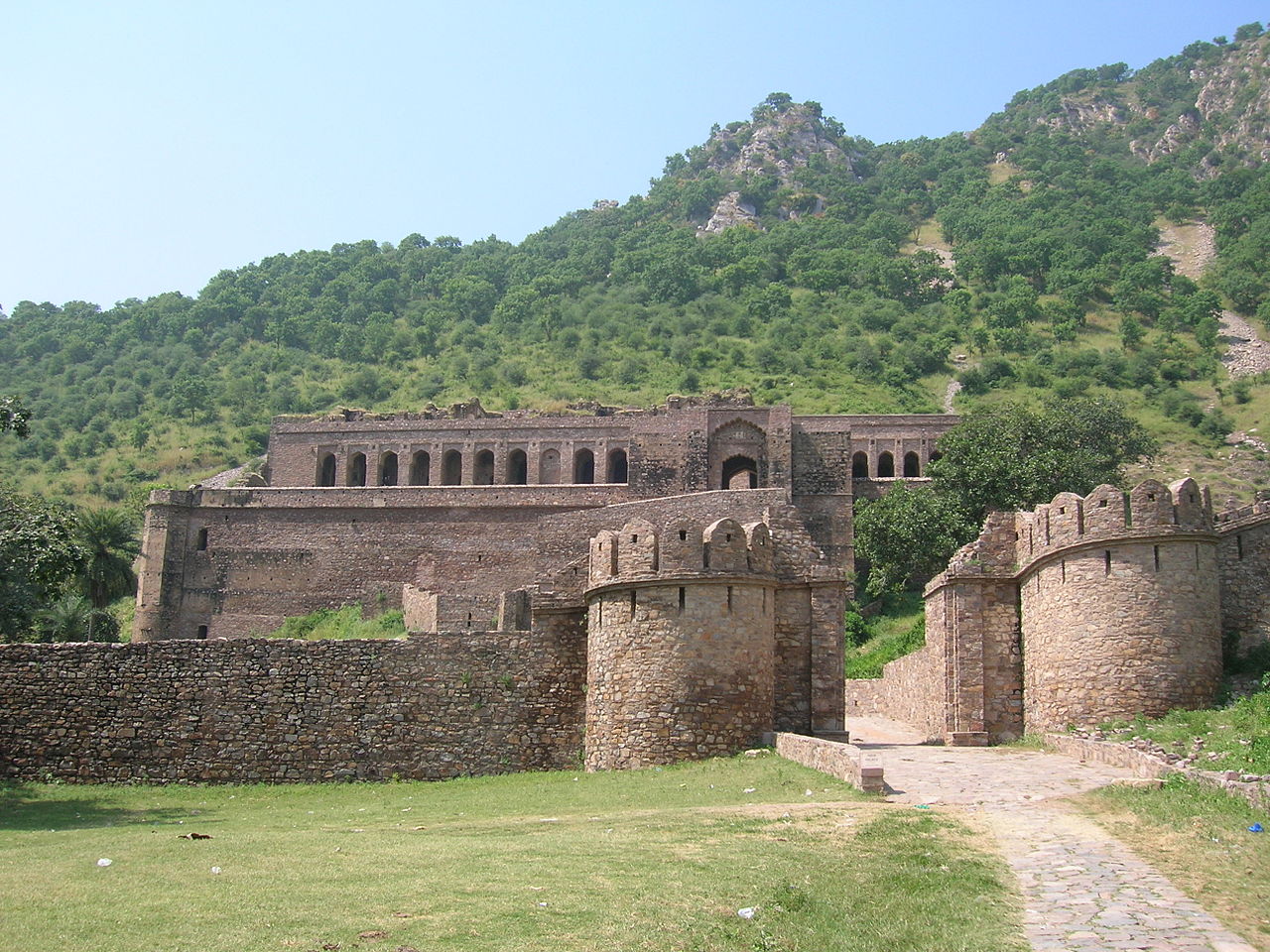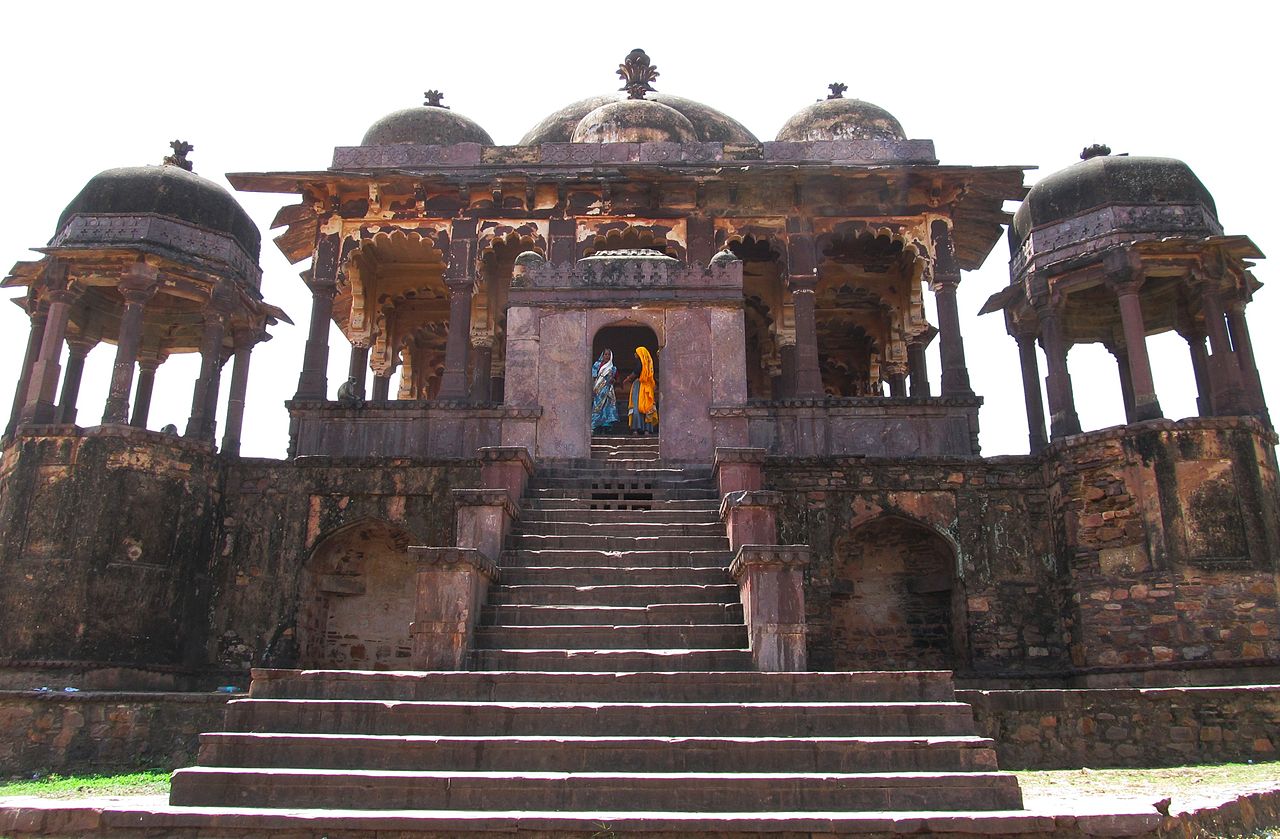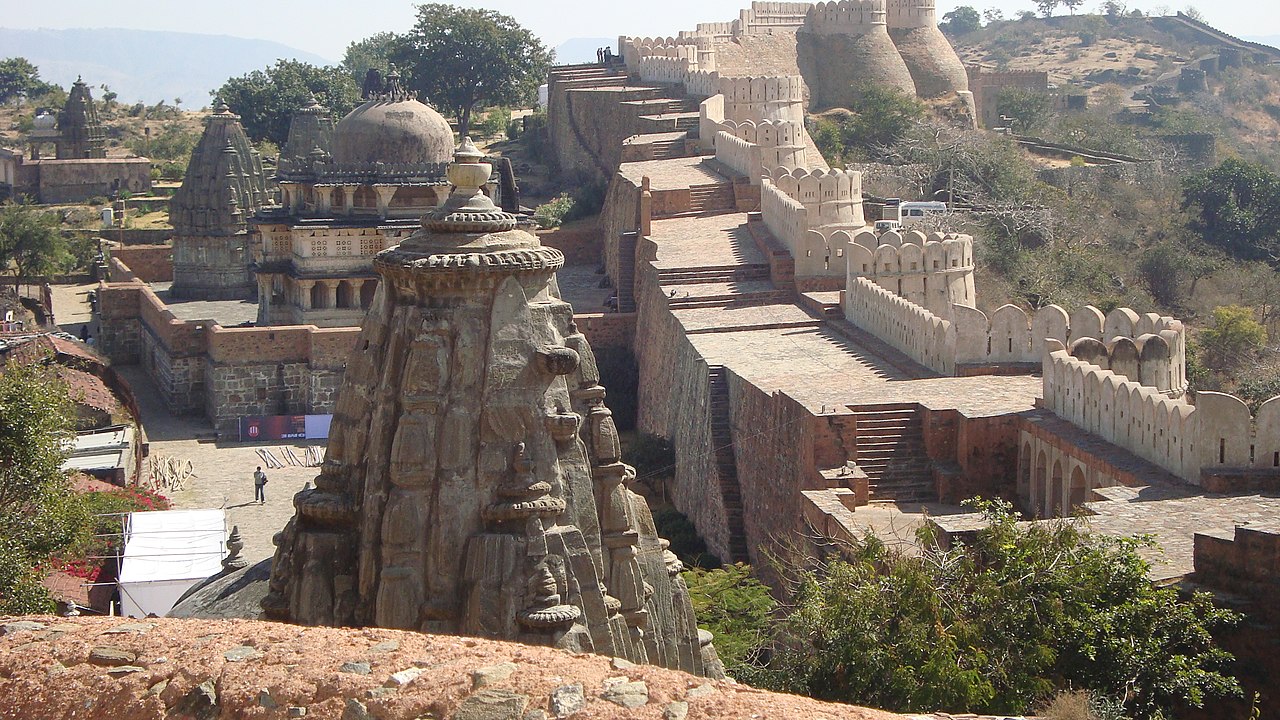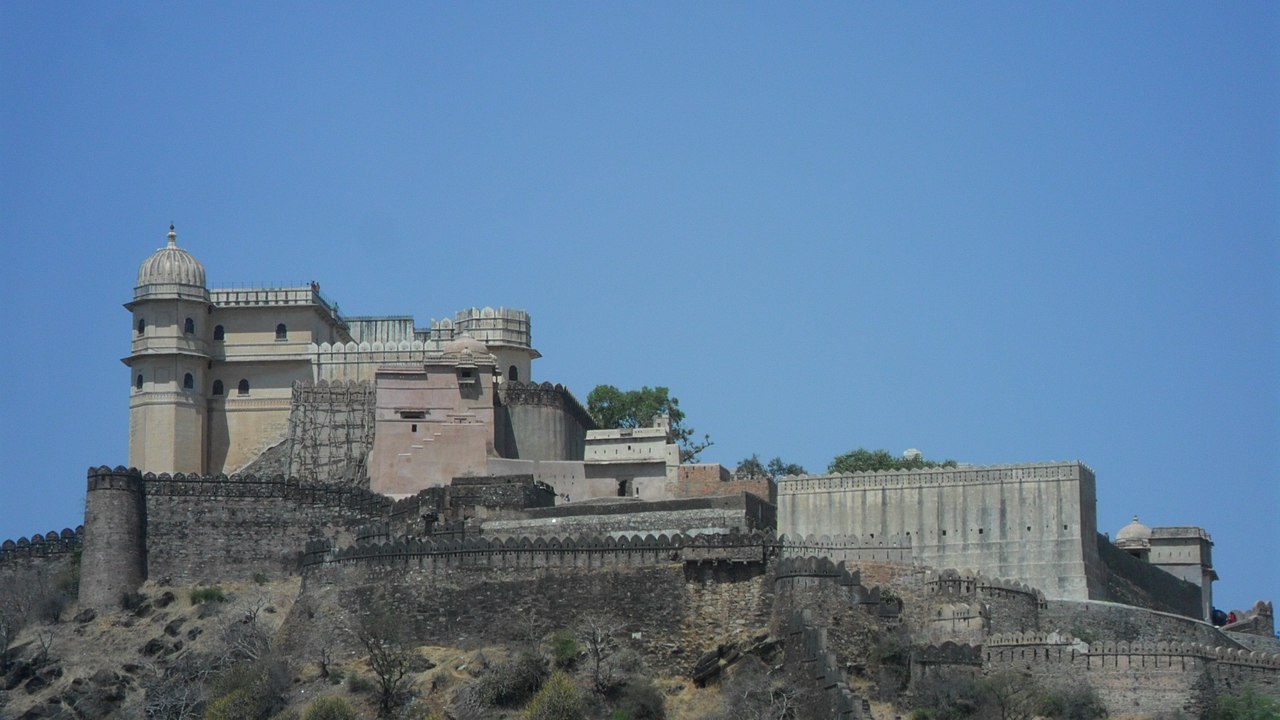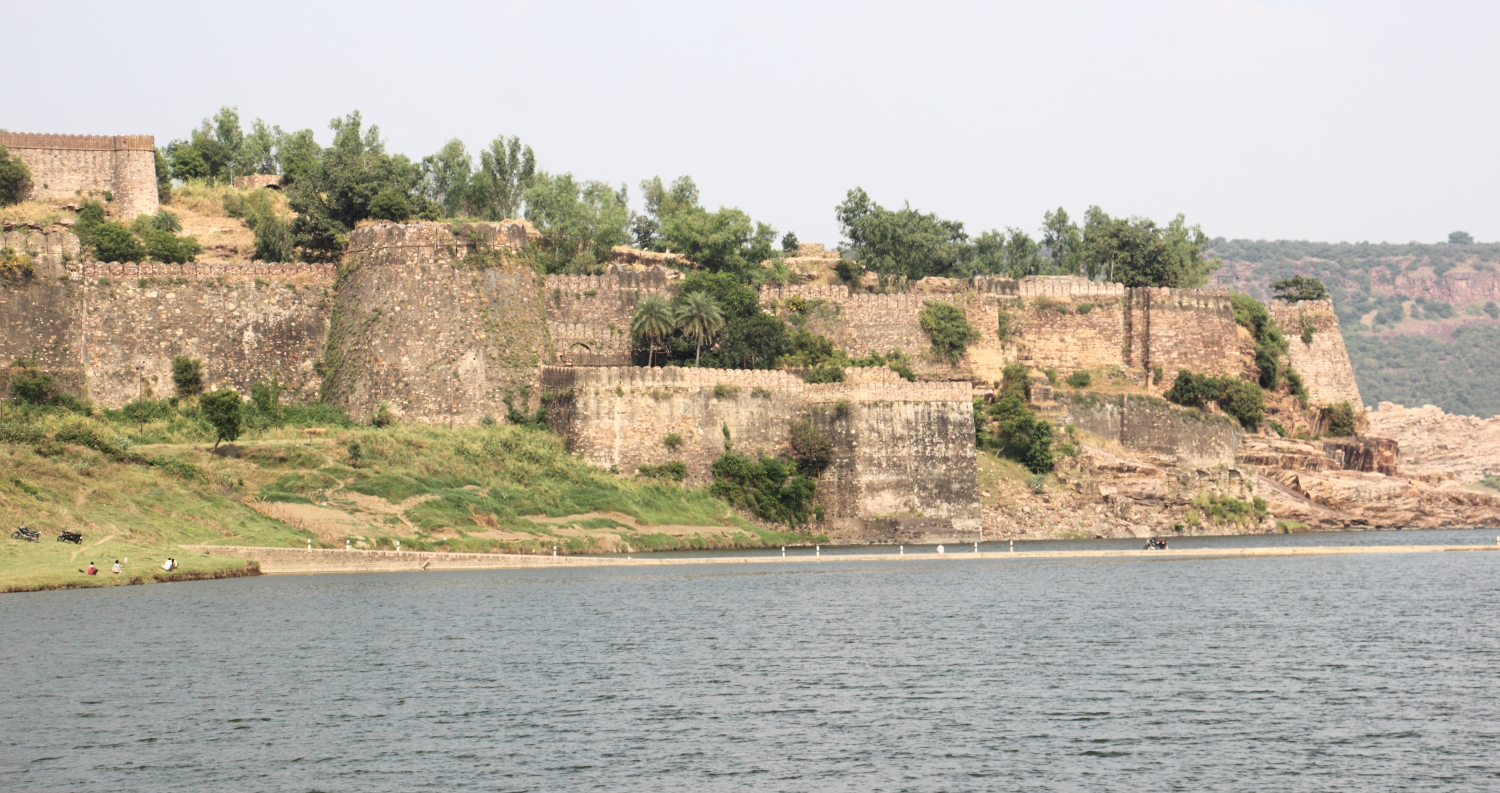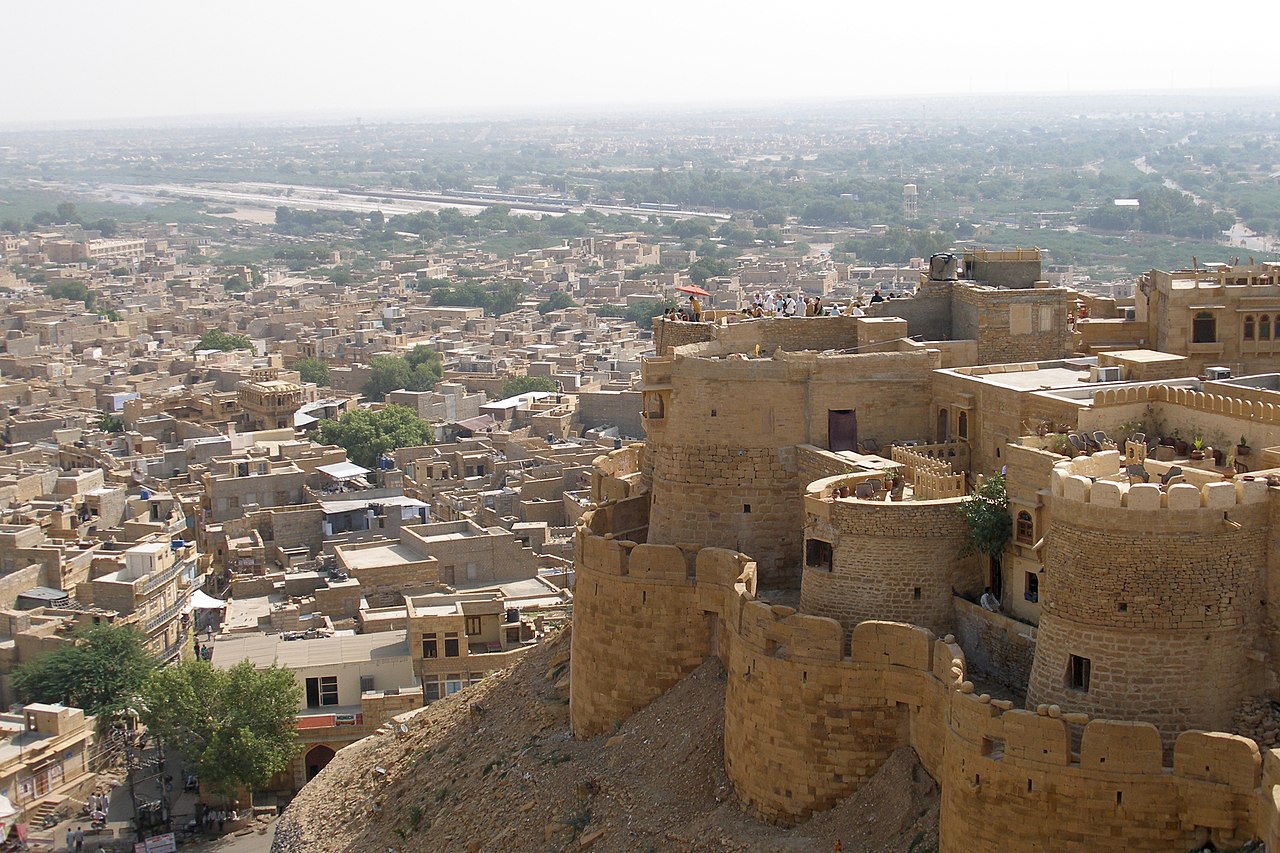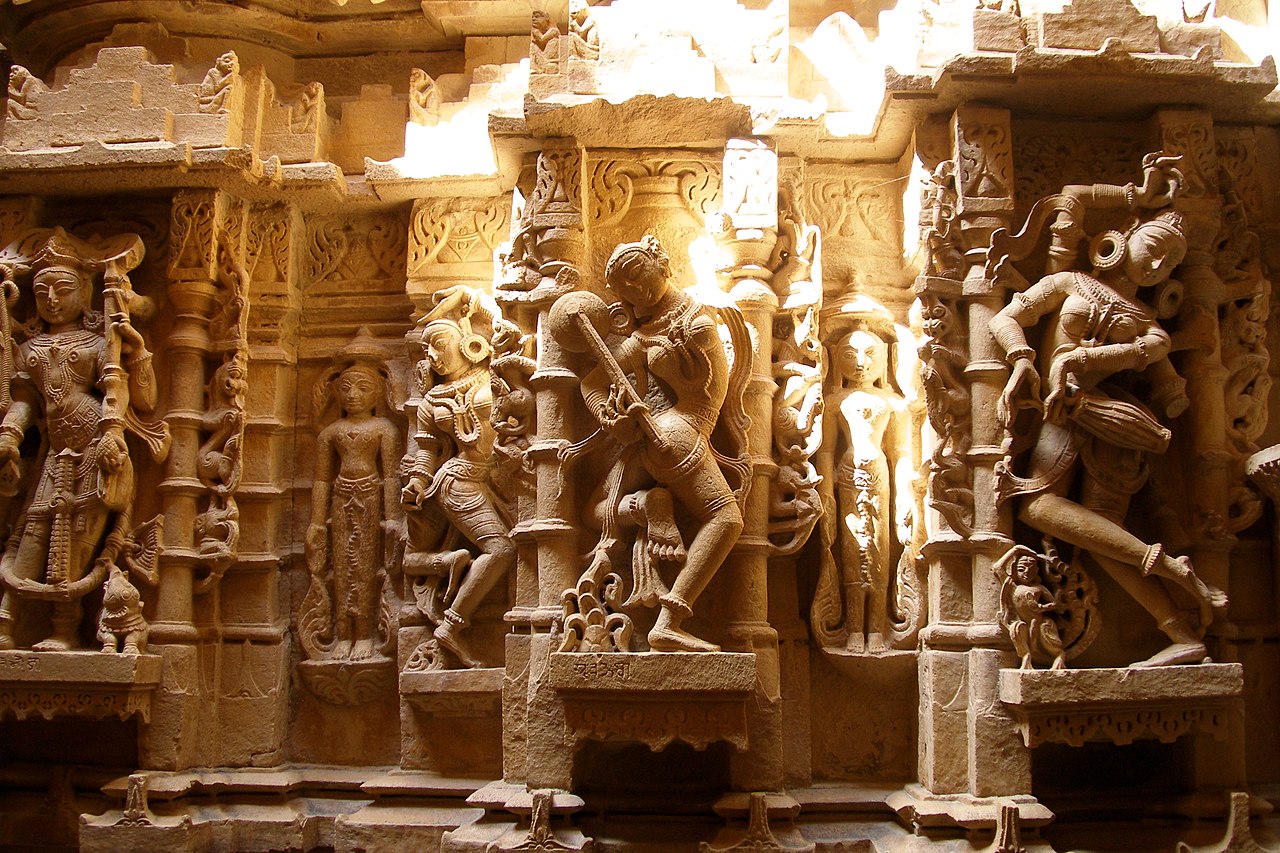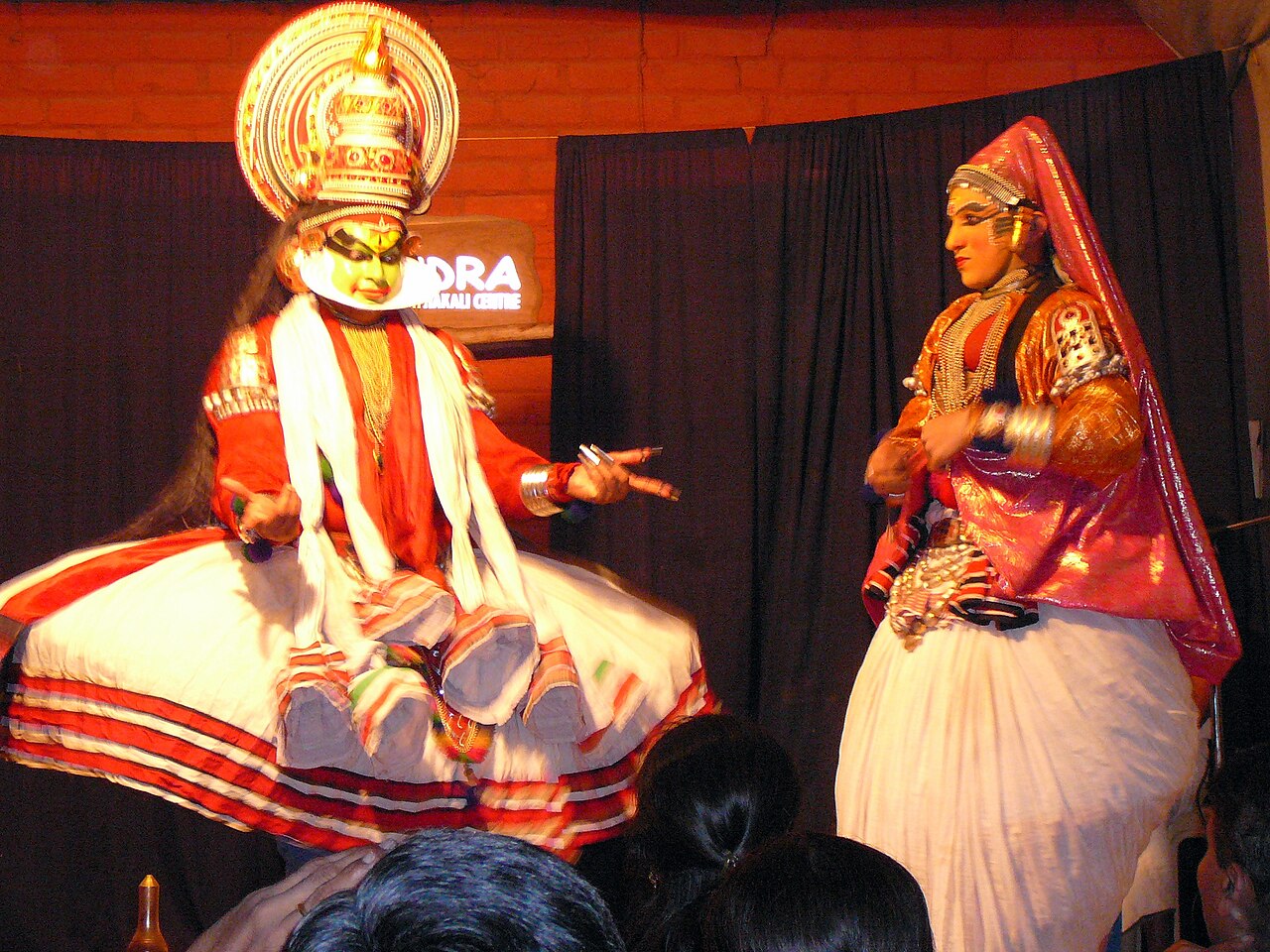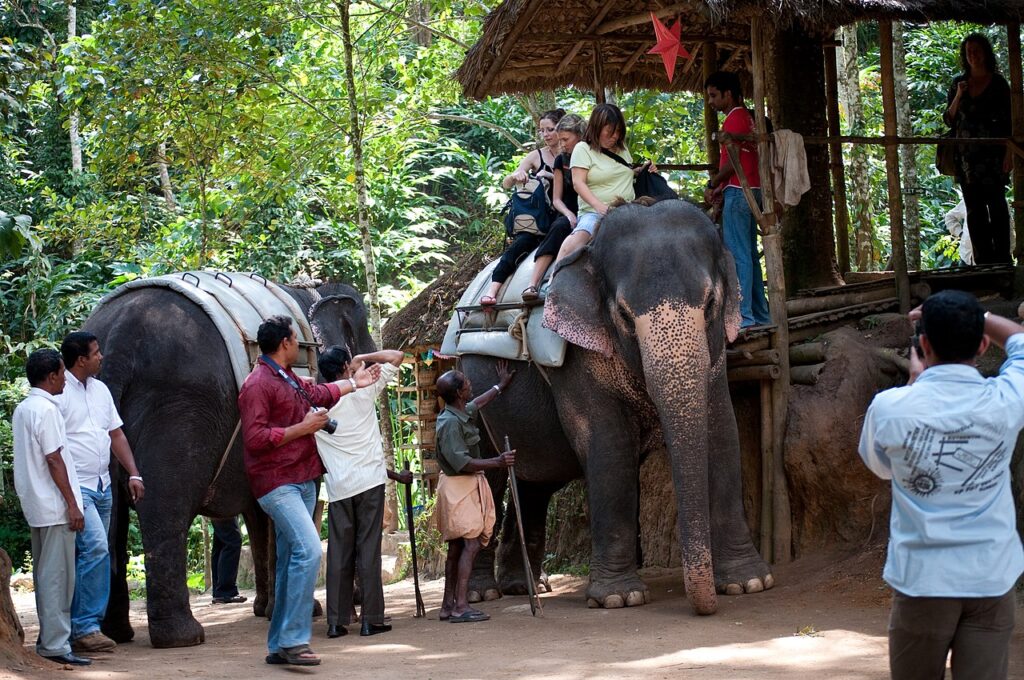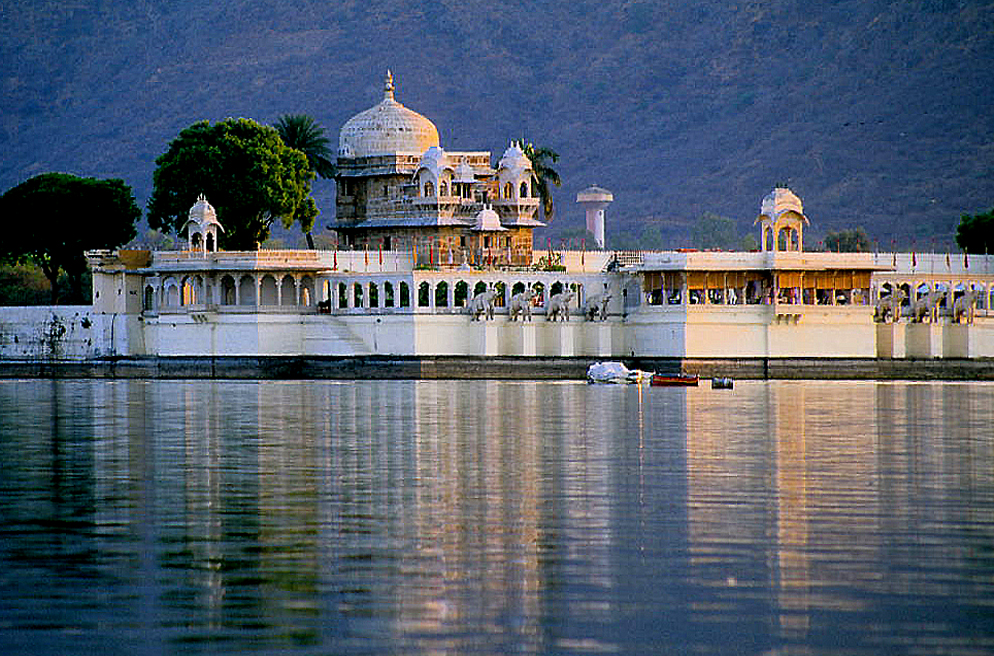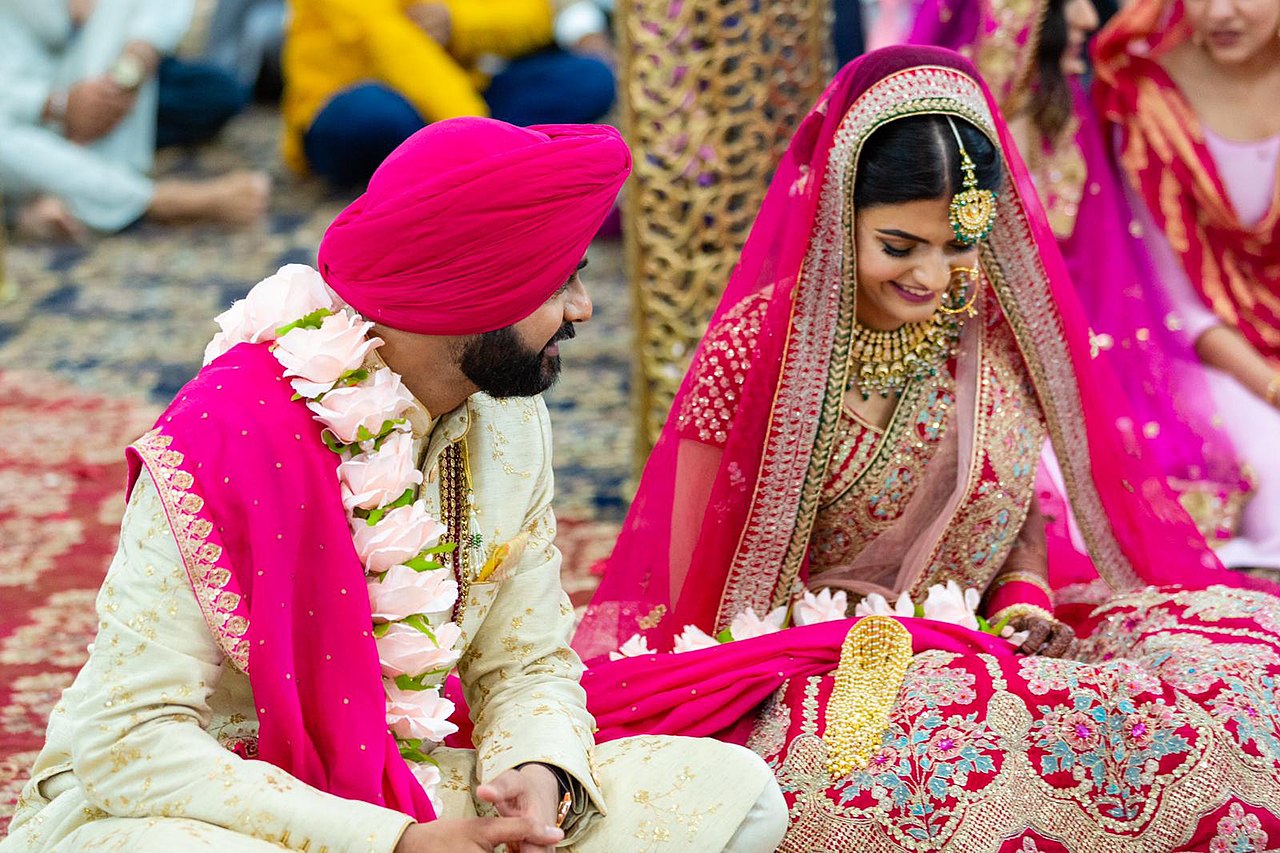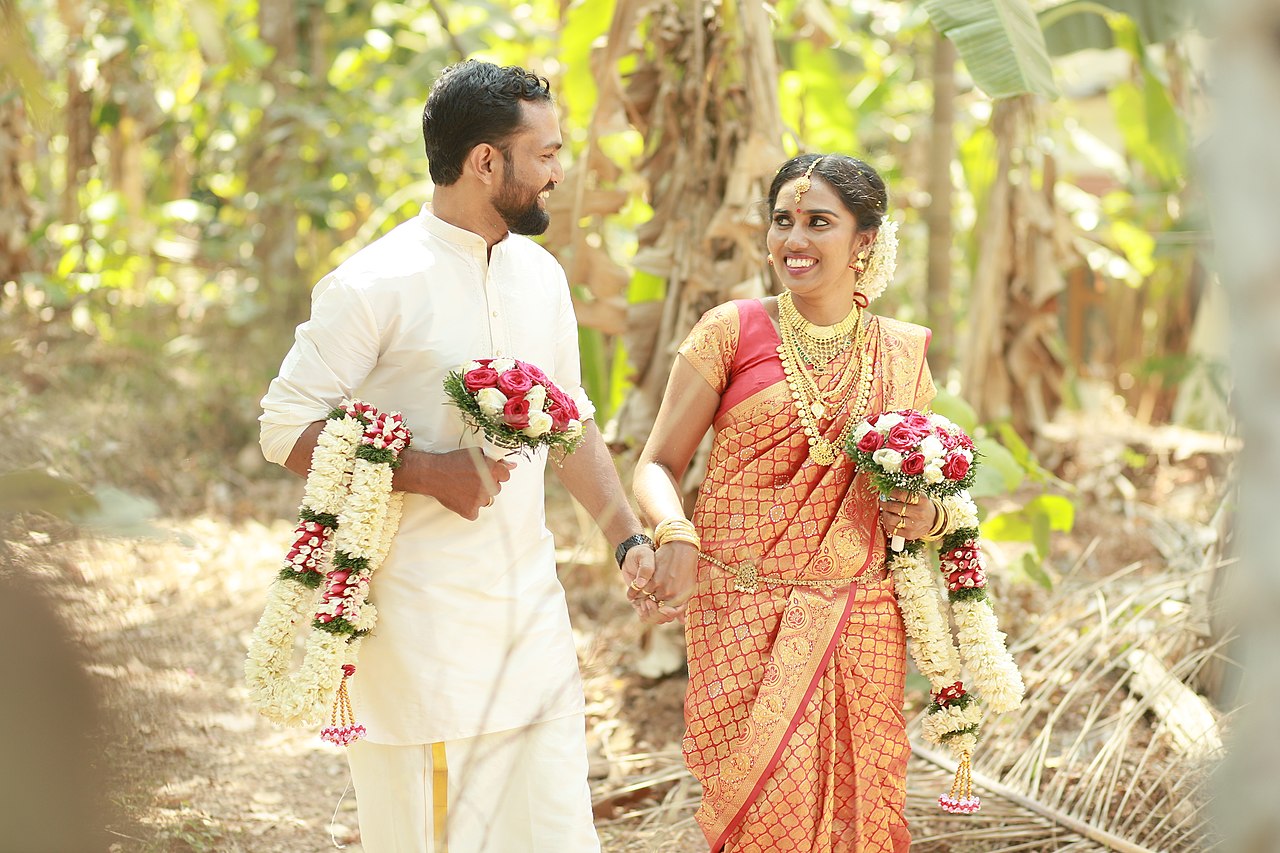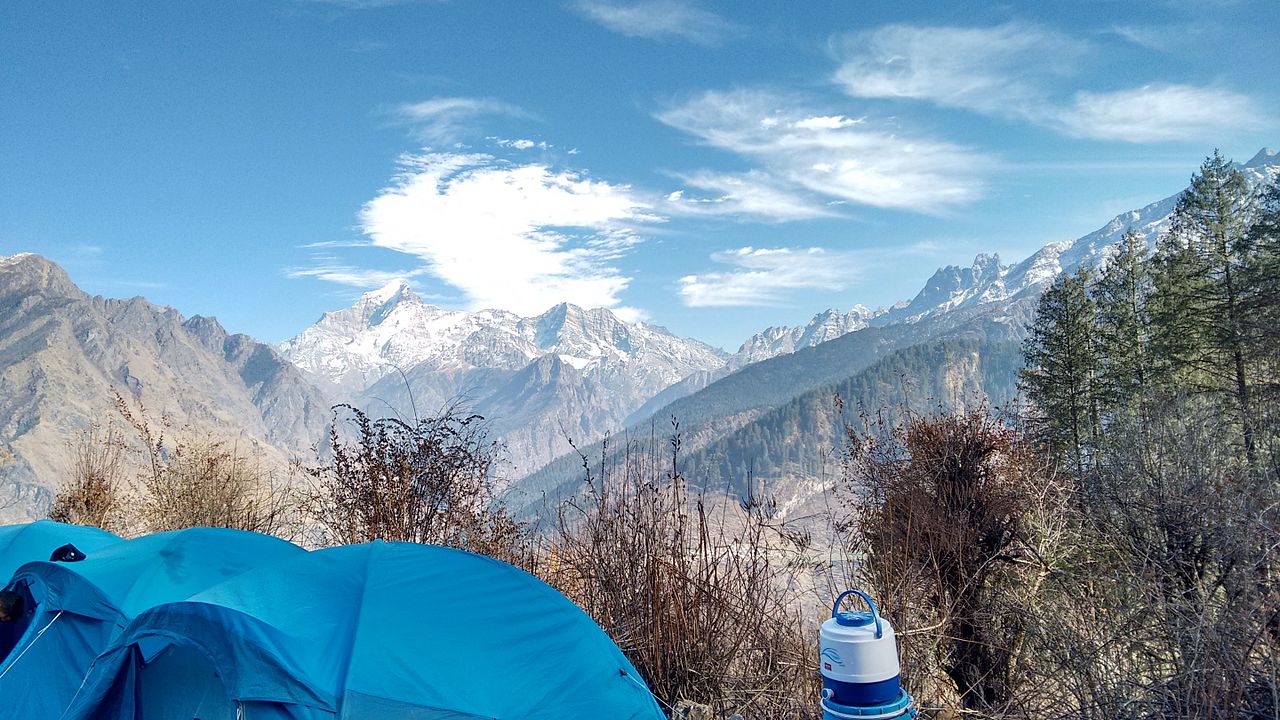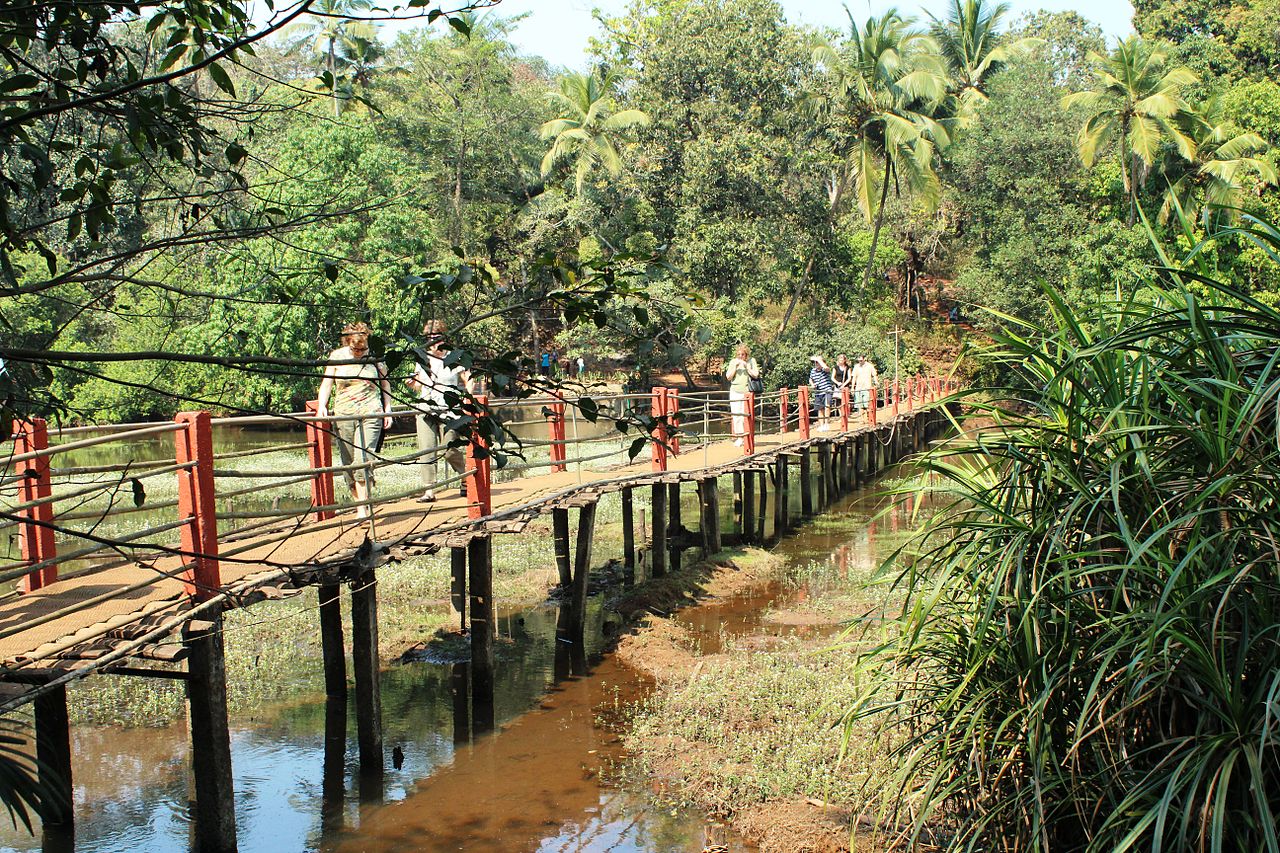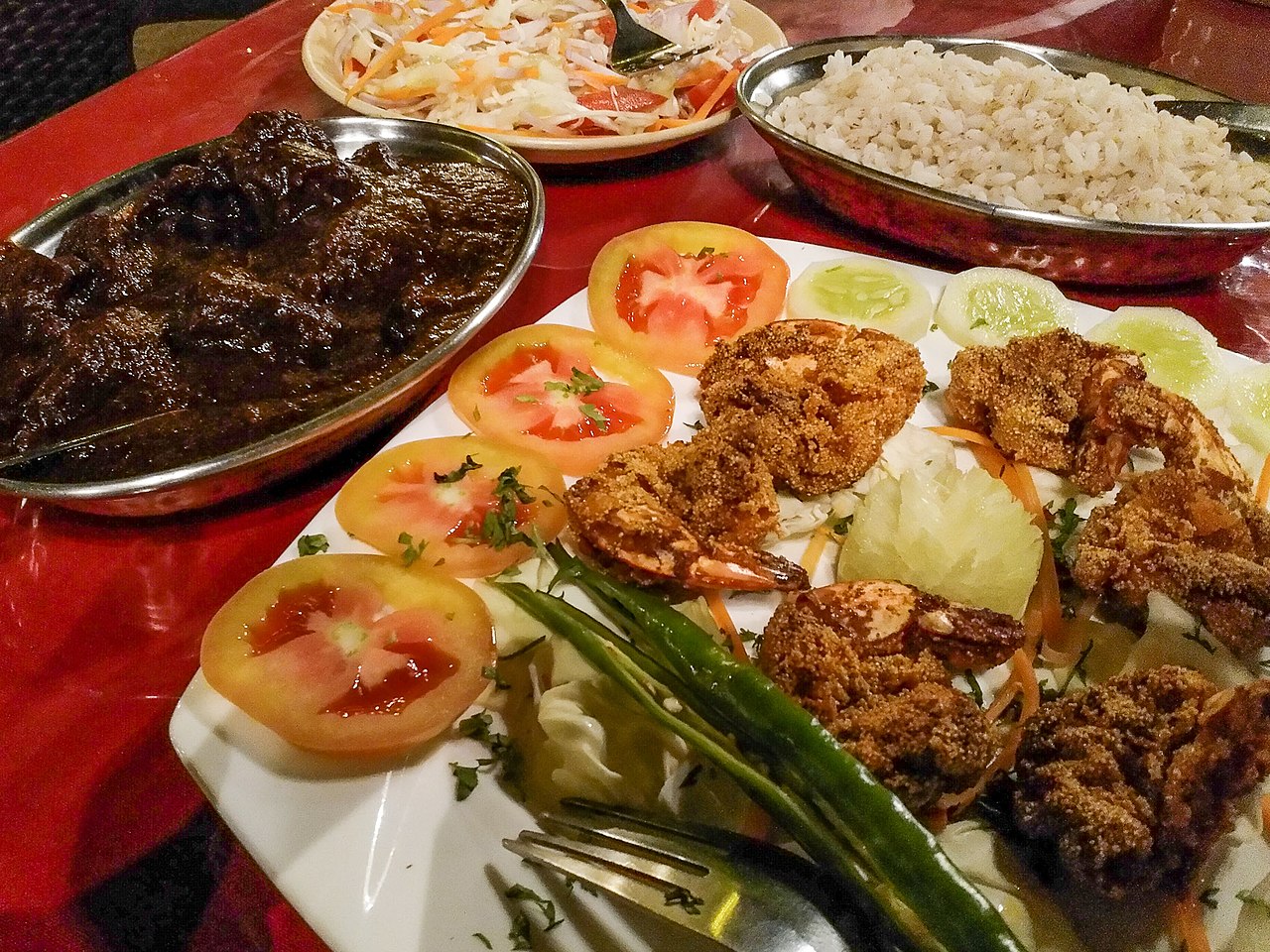Unveiling the Wonders: Interesting Facts about Mahabodhi Temple Bodhgaya.
Located in the state of Bihar in India, Mahabodhi Temple in Bodhgaya is one of the most revered pilgrimage sites for Buddhists around the world. This ancient temple is believed to be the spot where Gautama Buddha attained enlightenment, and it holds great significance for Buddhists as well as tourists interested in history and culture. In this article, we will explore some interesting facts about Mahabodhi Temple Bodhgaya.
UNESCO World Heritage Site:
Mahabodhi Temple in Bodhgaya is a UNESCO World Heritage Site, recognized for its historical and cultural significance. It was inscribed in the list of World Heritage Sites in 2002.
Sacred Bodhi Tree:
The temple complex houses the sacred Bodhi Tree, which is believed to be a direct descendant of the tree under which Buddha attained enlightenment. The current tree is estimated to be more than 200 years old and is one of the most revered sites in the temple.
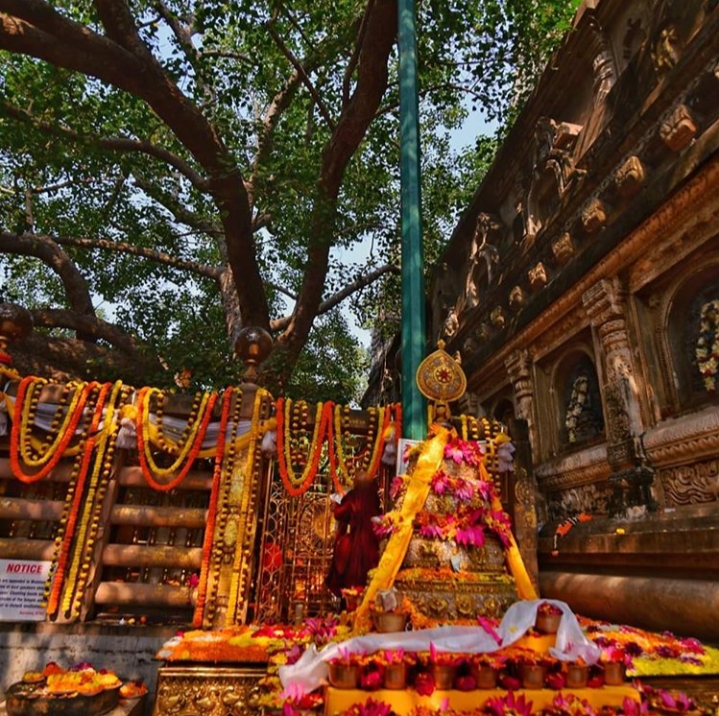
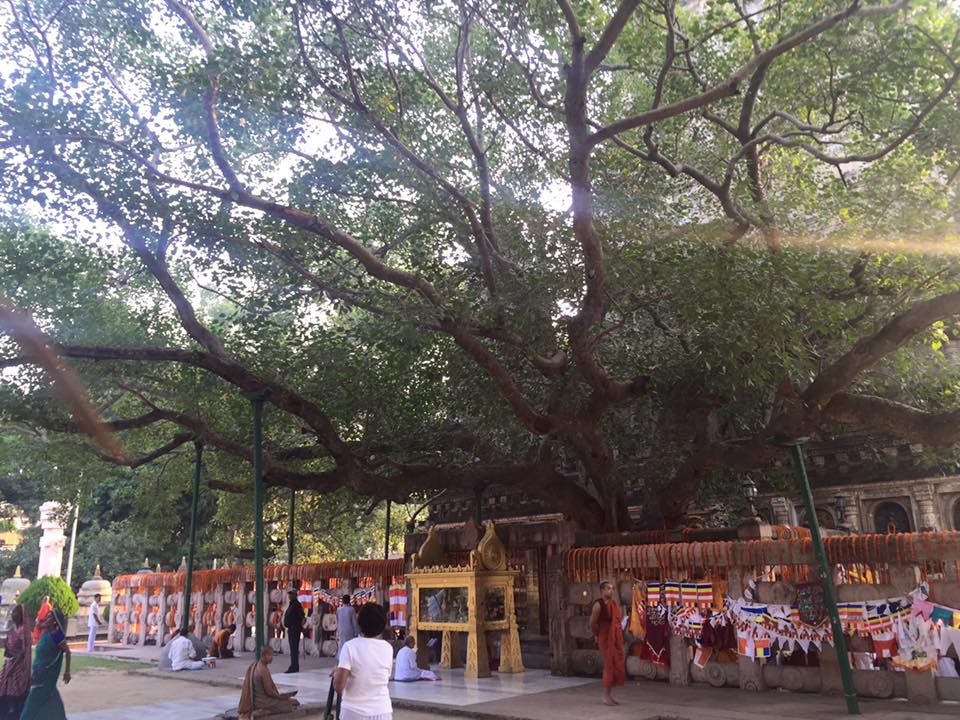
Ancient Roots:
The history of Mahabodhi Temple can be traced back to the 3rd century BCE when Emperor Ashoka visited Bodhgaya and built a stupa to mark the spot where Buddha had attained enlightenment. The current temple complex was built during the Gupta dynasty in the 6th century CE.
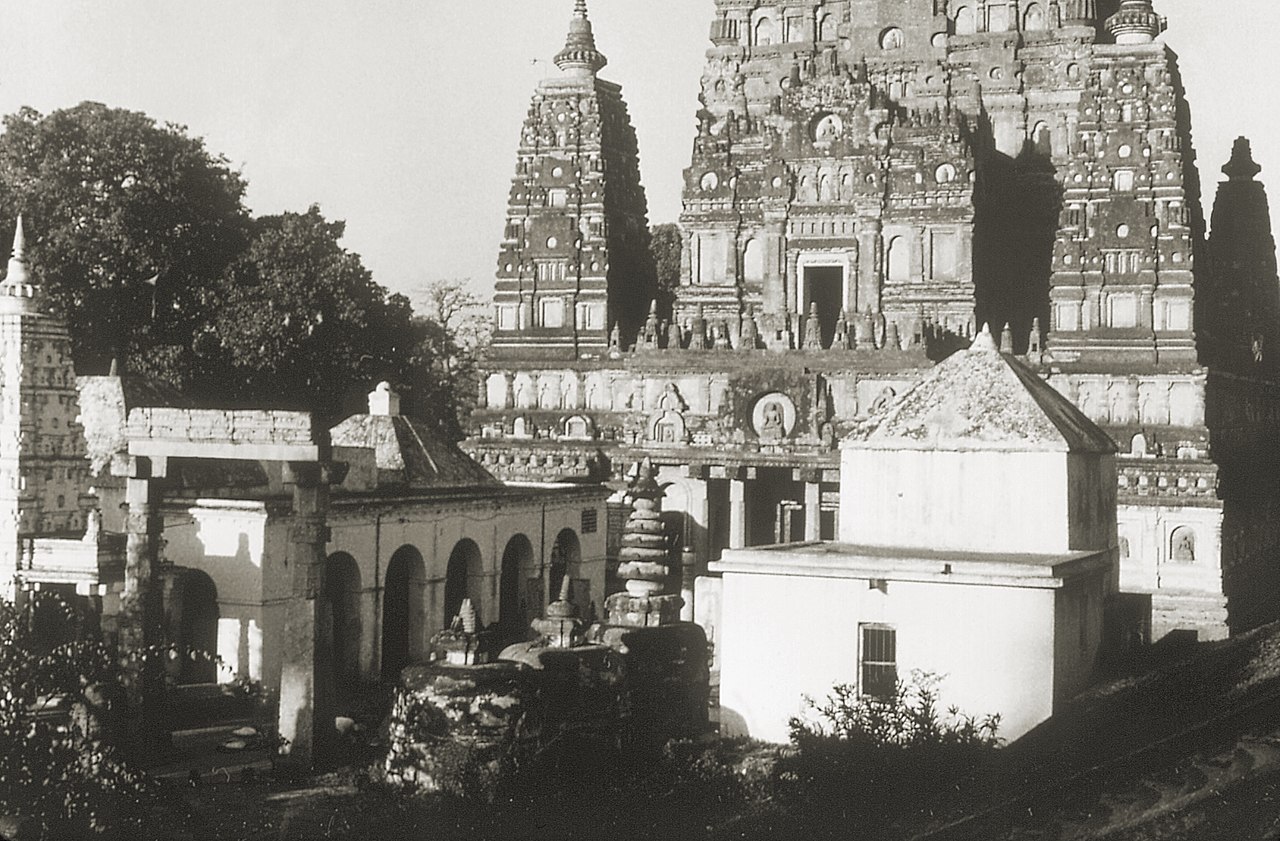
Intricate Carvings:
The Mahabodhi Temple is known for its intricate carvings and sculptures, depicting scenes from the life of Buddha and various deities. The carvings on the temple walls and pillars are some of the finest examples of Indian classical art.
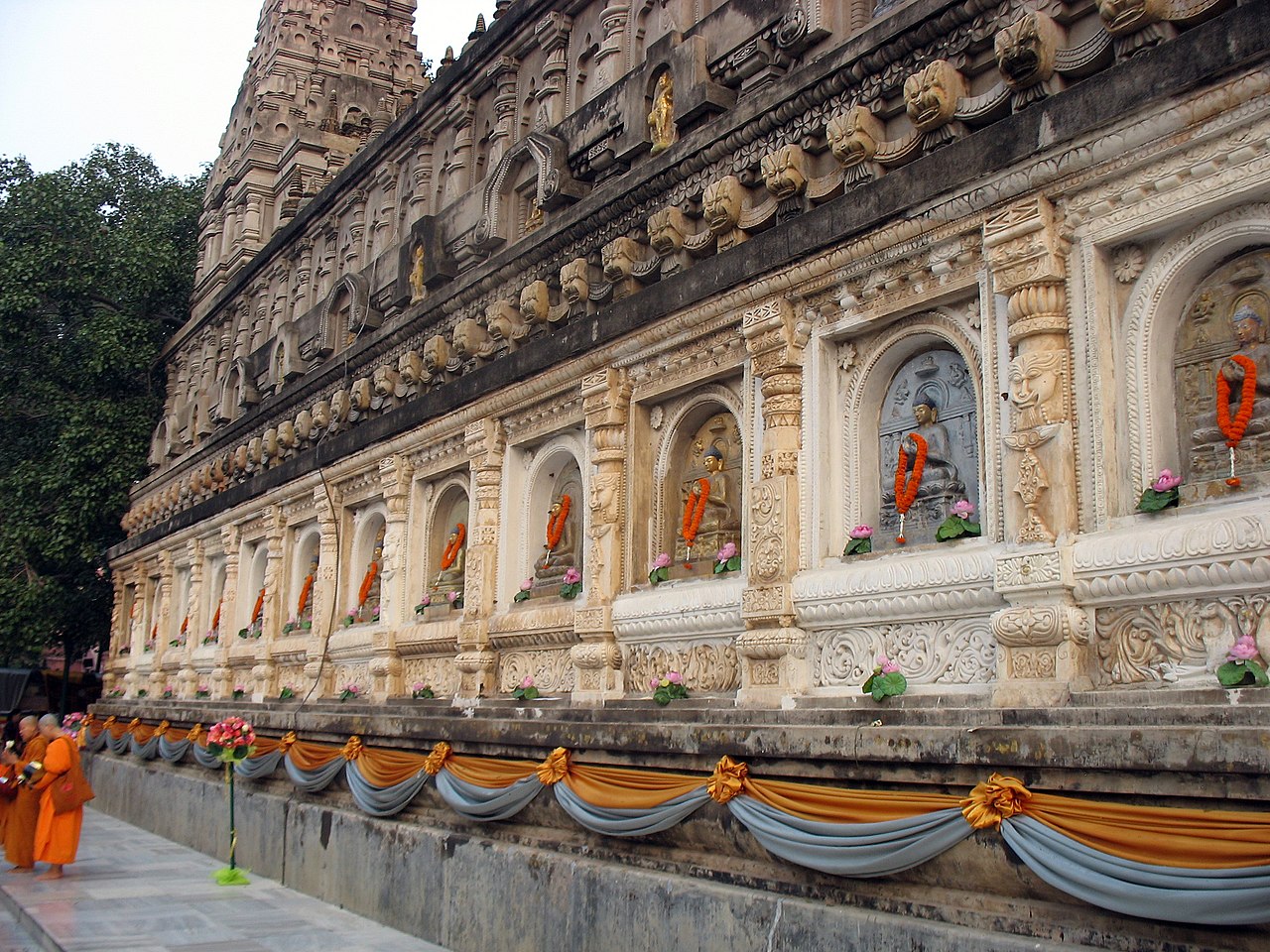
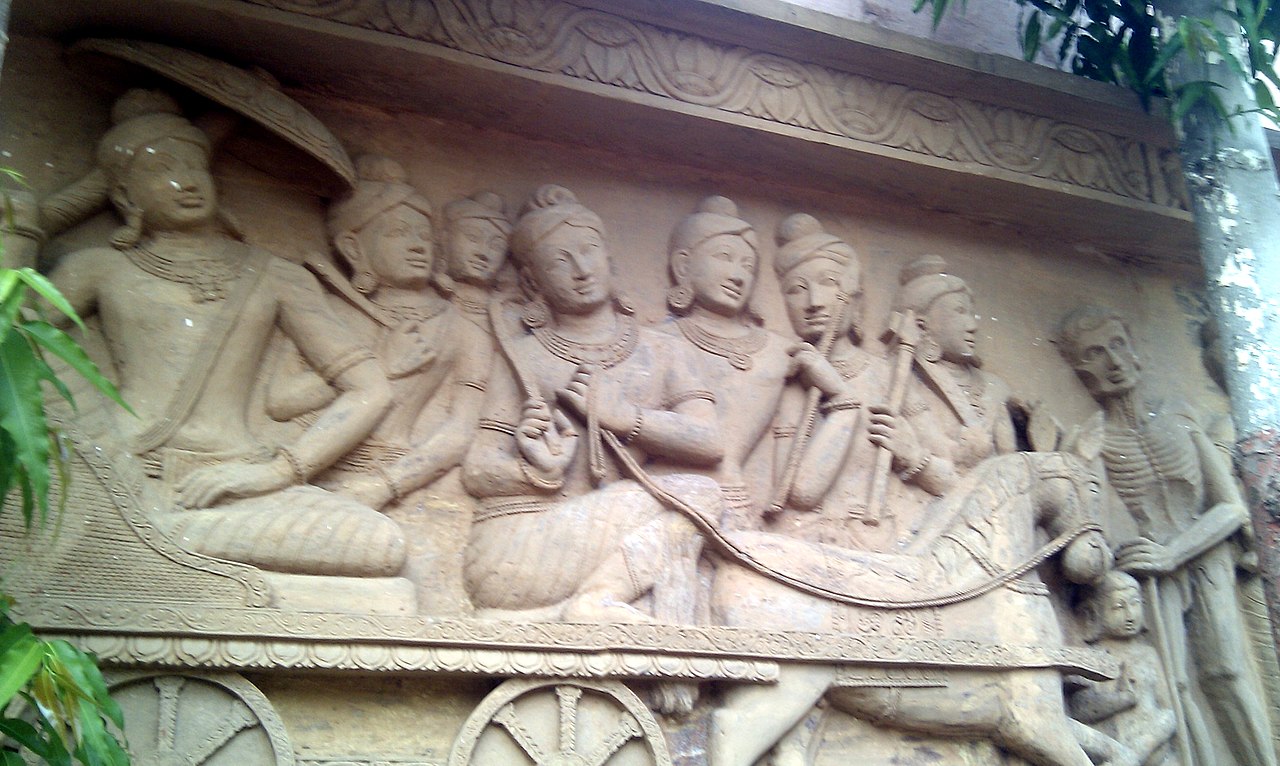
Unique Architecture:
The Mahabodhi Temple complex is a unique blend of Indian and East Asian architecture. The main temple structure is built in the Indian style, while the pyramidal spire or shikhara is reminiscent of the East Asian pagoda.
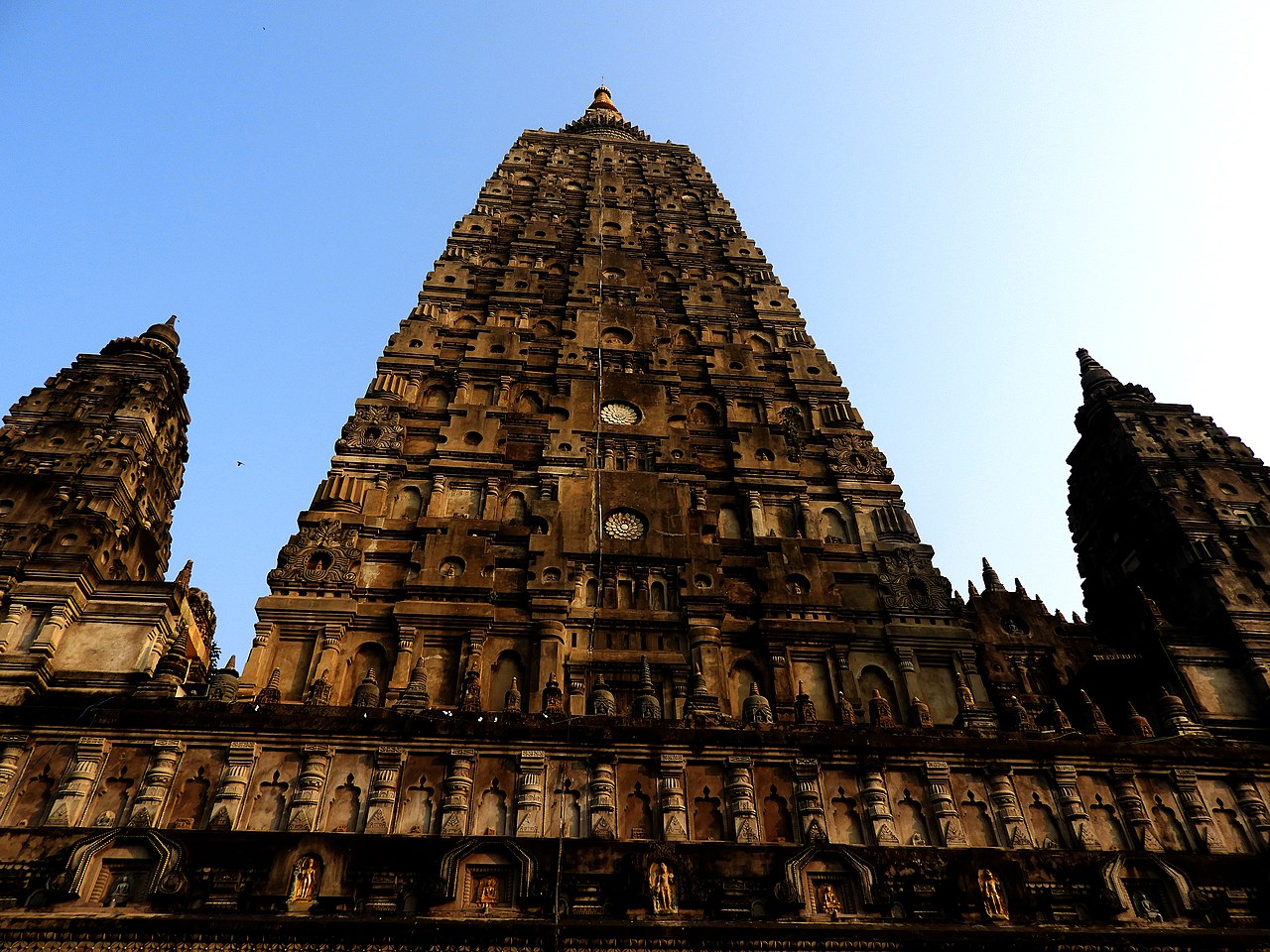
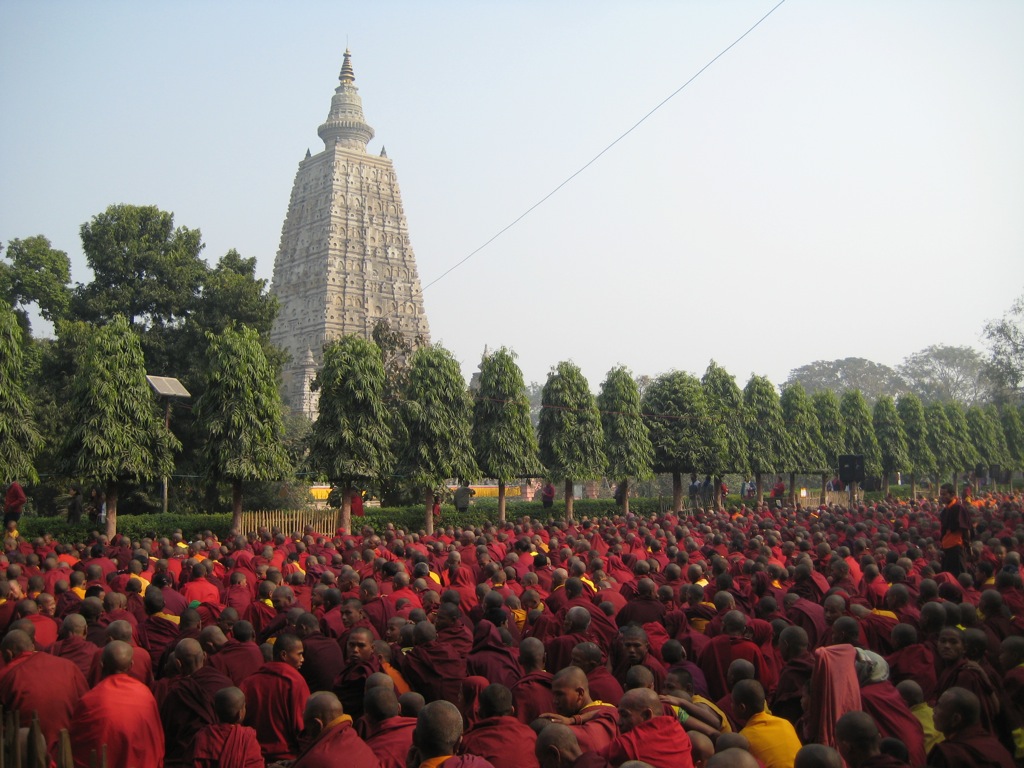
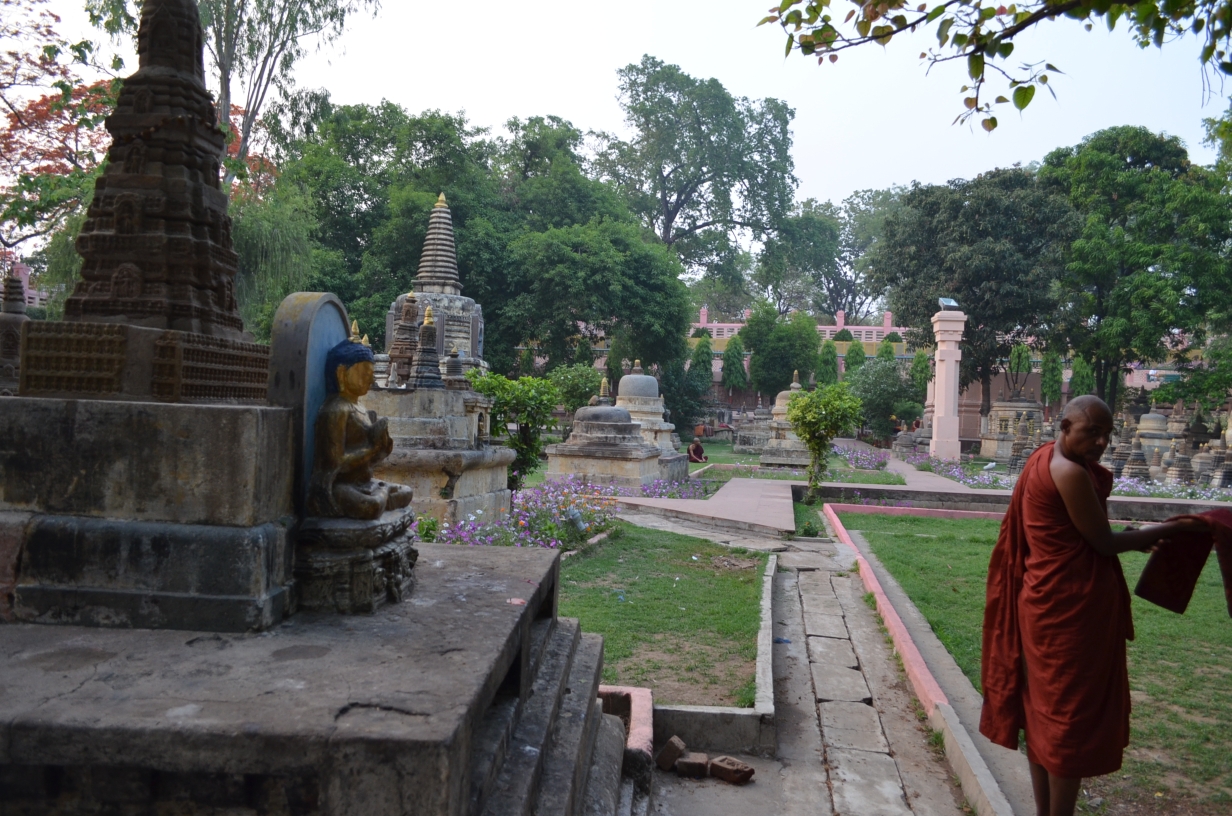
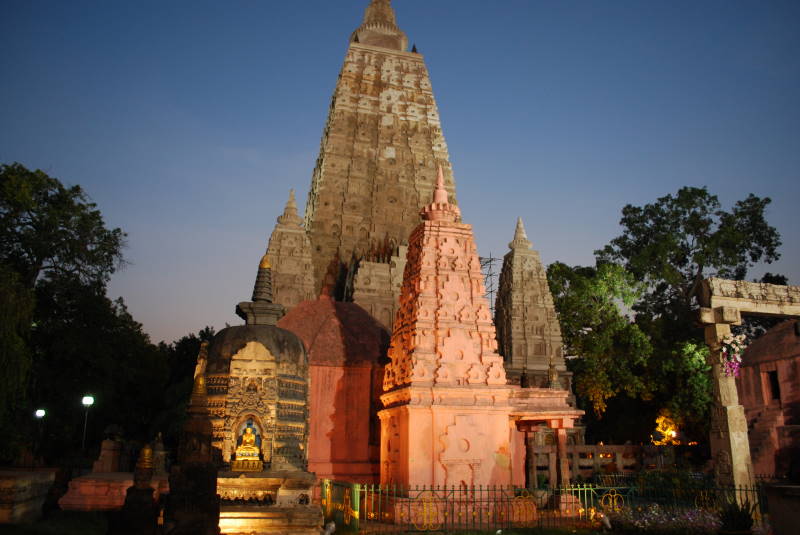
Visiting Mahabodhi Temple Bodhgaya is a once-in-a-lifetime experience, and it offers a glimpse into the rich cultural heritage and history of India. Tourists can also explore the nearby attractions such as the Sujata Village, the Great Buddha Statue, and the Archaeological Museum.
If you plan to visit Mahabodhi Temple Bodhgaya, make sure to carry comfortable clothing and footwear, as the temple complex involves a lot of walking. It is also advisable to carry some sunscreen, water, and a hat to protect yourself from the heat. Accommodation options in Bodhgaya range from budget-friendly guesthouses to luxury hotels, and there are several restaurants serving traditional Indian cuisine as well as international fare.
Overall, visiting Mahabodhi Temple Bodhgaya is a must-do for anyone interested in history, culture, and spirituality. Its serene surroundings and the sense of calm it exudes make it a truly special destination.
Frequently Asked Questions (FAQs)
A: Mahabodhi Temple is believed to be the place where Gautama Buddha attained enlightenment, making it a highly revered pilgrimage site for Buddhists.
A: Mahabodhi Temple was inscribed as a UNESCO World Heritage Site in 2002 due to its historical and cultural significance.
A: The sacred Bodhi Tree in the temple complex is believed to be a direct descendant of the tree under which Buddha attained enlightenment. It holds great spiritual significance for Buddhists.
A: The current Bodhi Tree in Mahabodhi Temple is estimated to be more than 200 years old.
A: Mahabodhi Temple showcases intricate carvings and sculptures depicting scenes from the life of Buddha and various deities. It is a unique blend of Indian and East Asian architecture, with the main temple structure reflecting Indian style and the pyramidal spire resembling East Asian pagodas.
FAQs
A: Tourists visiting Mahabodhi Temple can explore nearby attractions such as the Sujata Village, the Great Buddha Statue, and the Archaeological Museum, which offer insights into the region’s history and culture.
A: It is advisable to wear comfortable clothing and footwear, as the temple complex involves a fair amount of walking. Carrying sunscreen, water, and a hat to protect against the heat is also recommended.
A: Bodhgaya offers a range of accommodations to suit various budgets, including budget-friendly guesthouses and luxury hotels.
A: Yes, there are several restaurants in Bodhgaya that serve both traditional Indian cuisine and international dishes.
A: A visit to Mahabodhi Temple Bodhgaya offers a unique opportunity to experience the rich cultural heritage, history, and spirituality associated with Buddhism. The serene surroundings and the sense of calm make it a truly special destination for all visitors.
